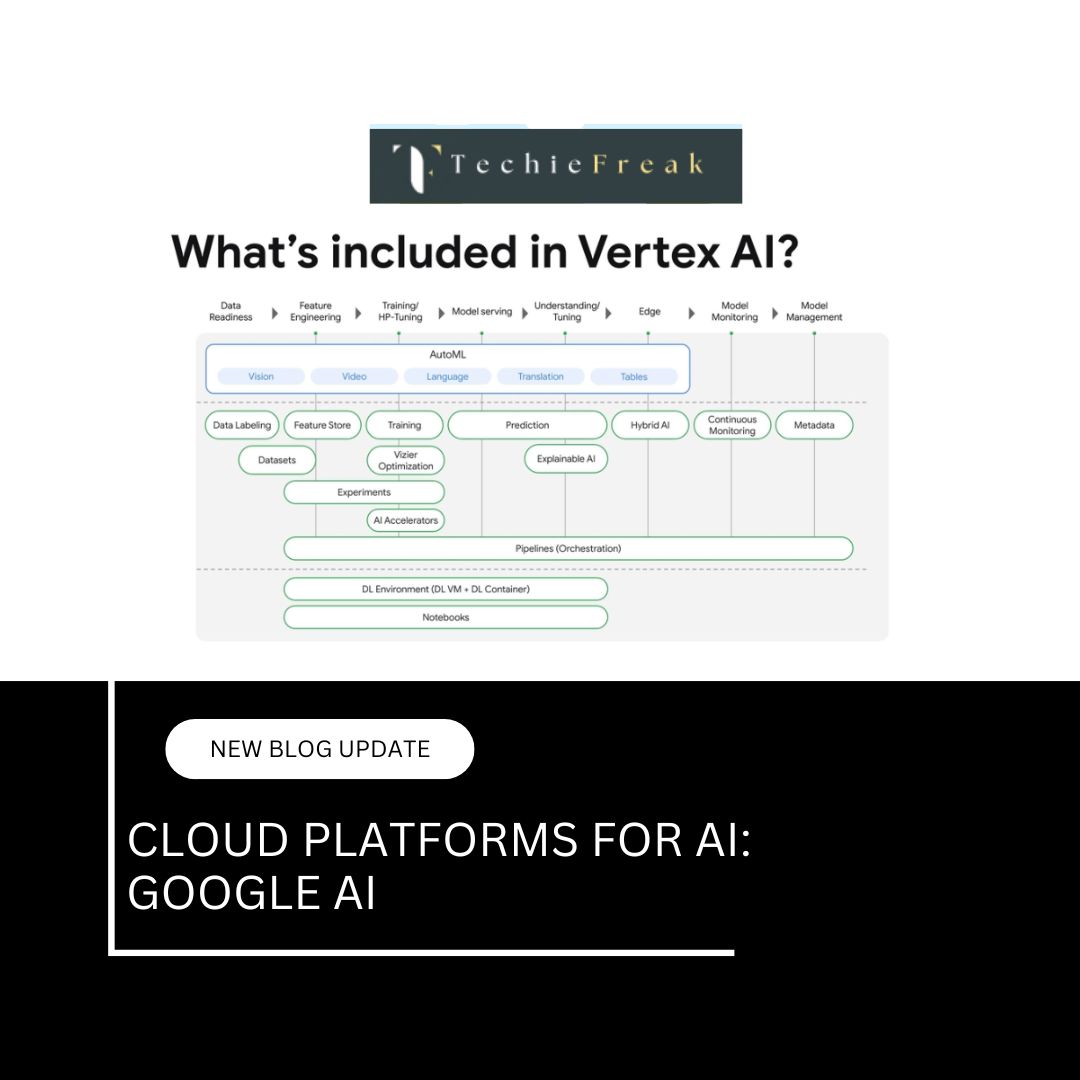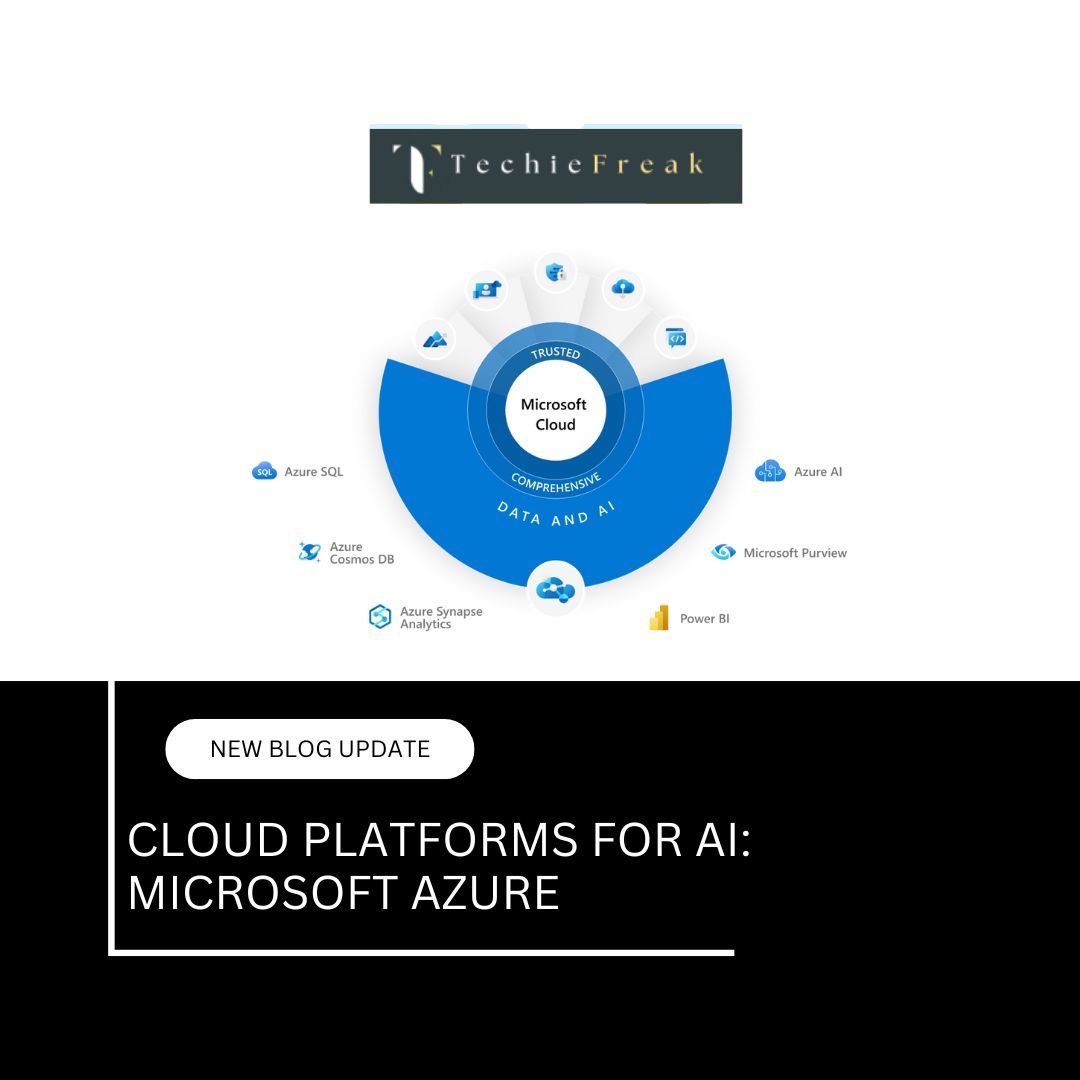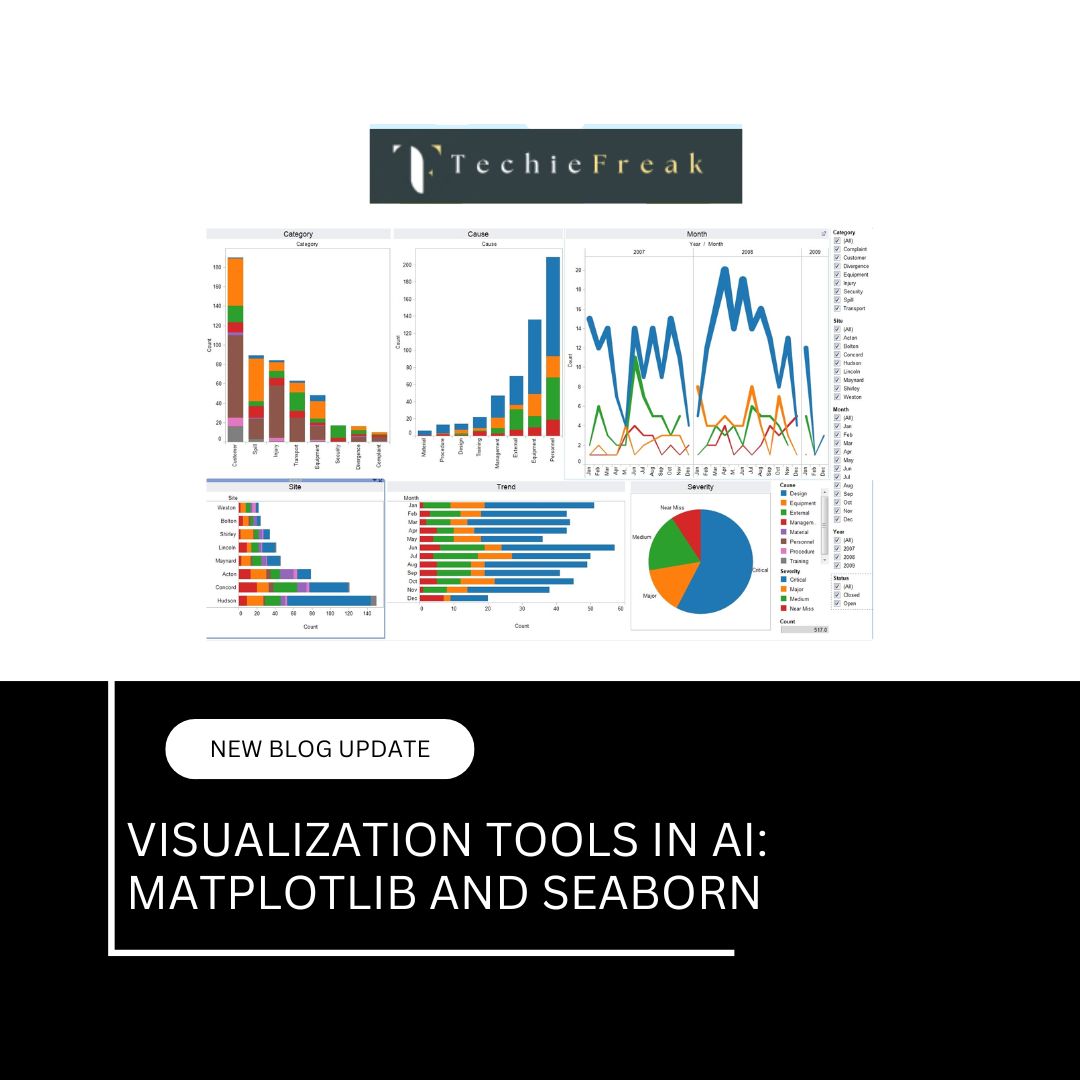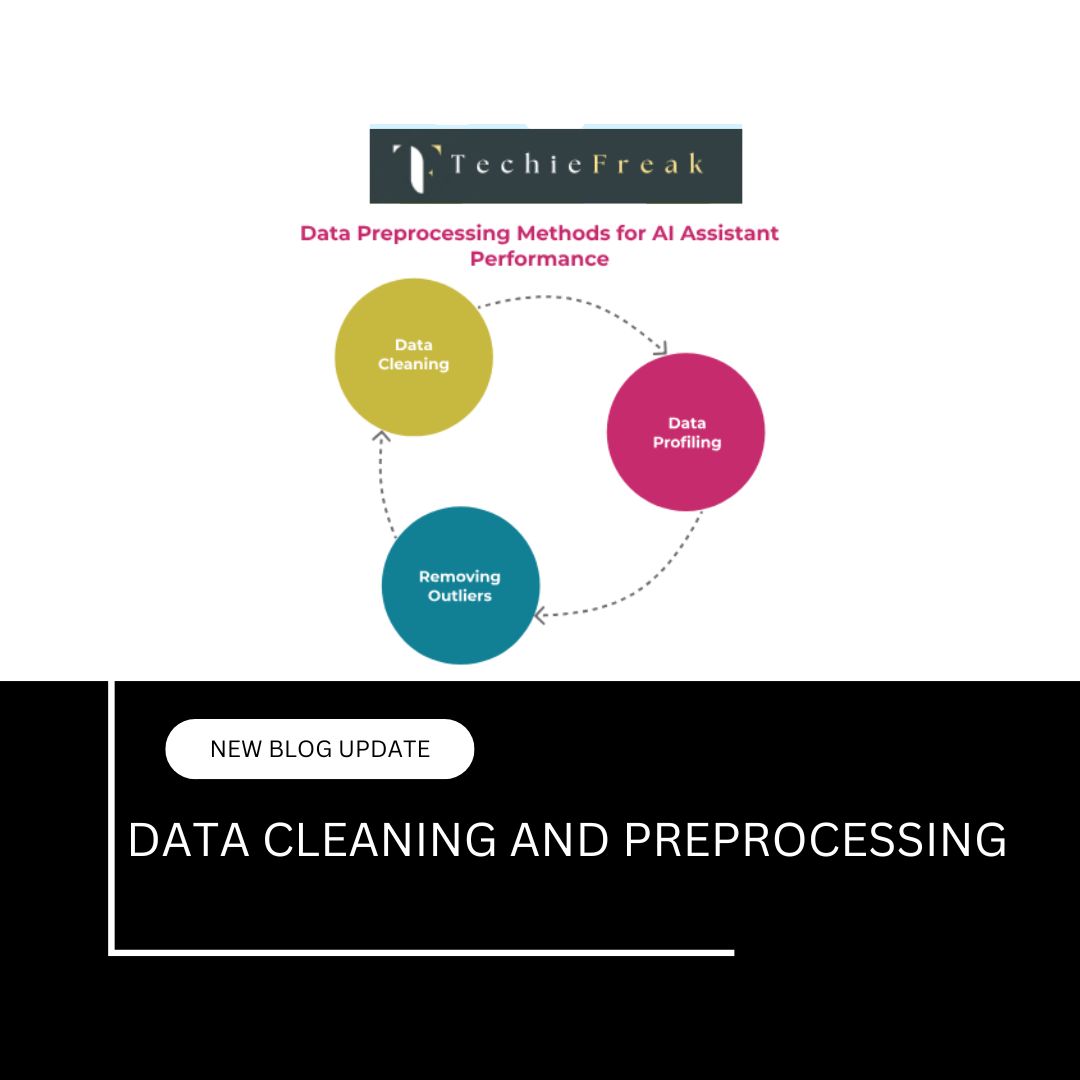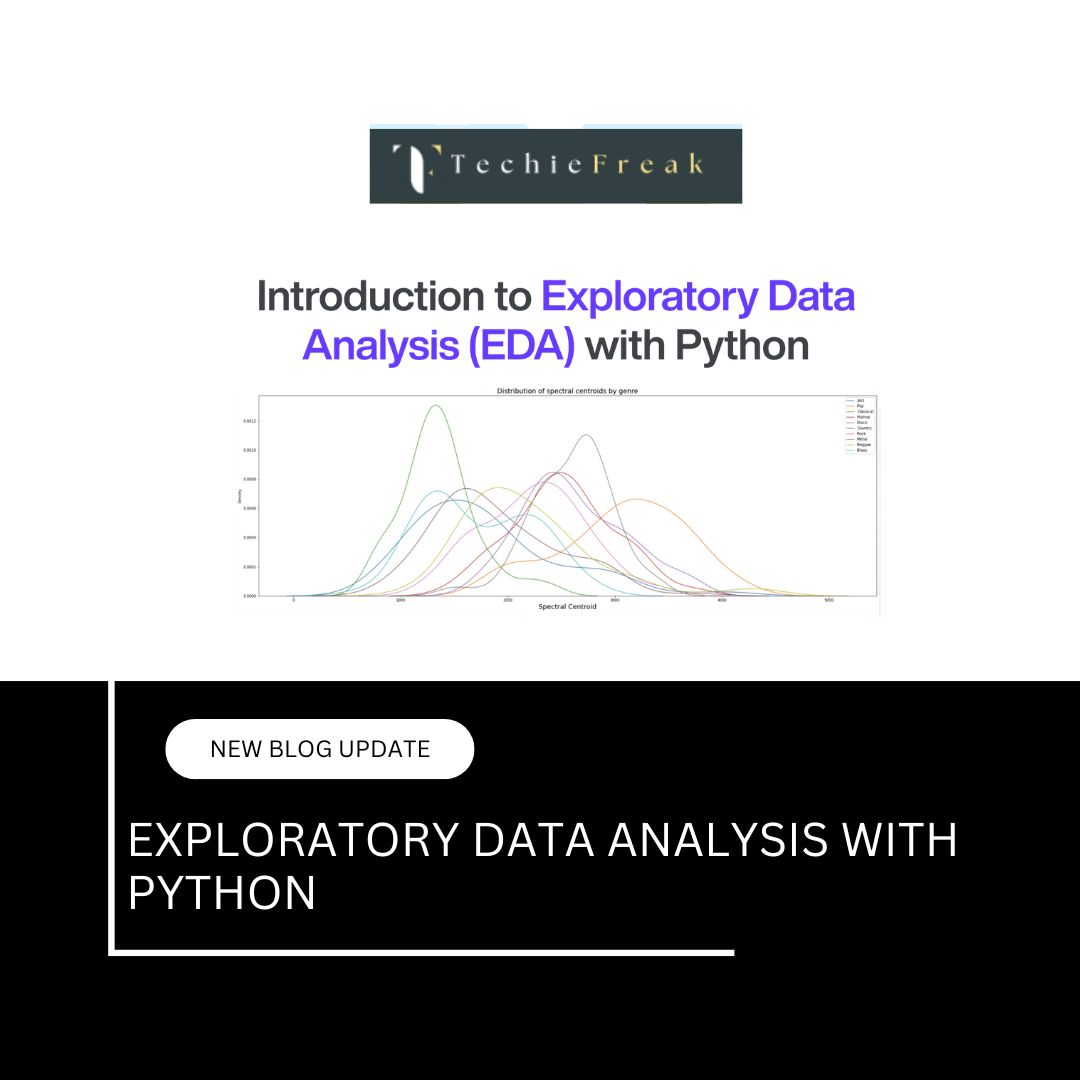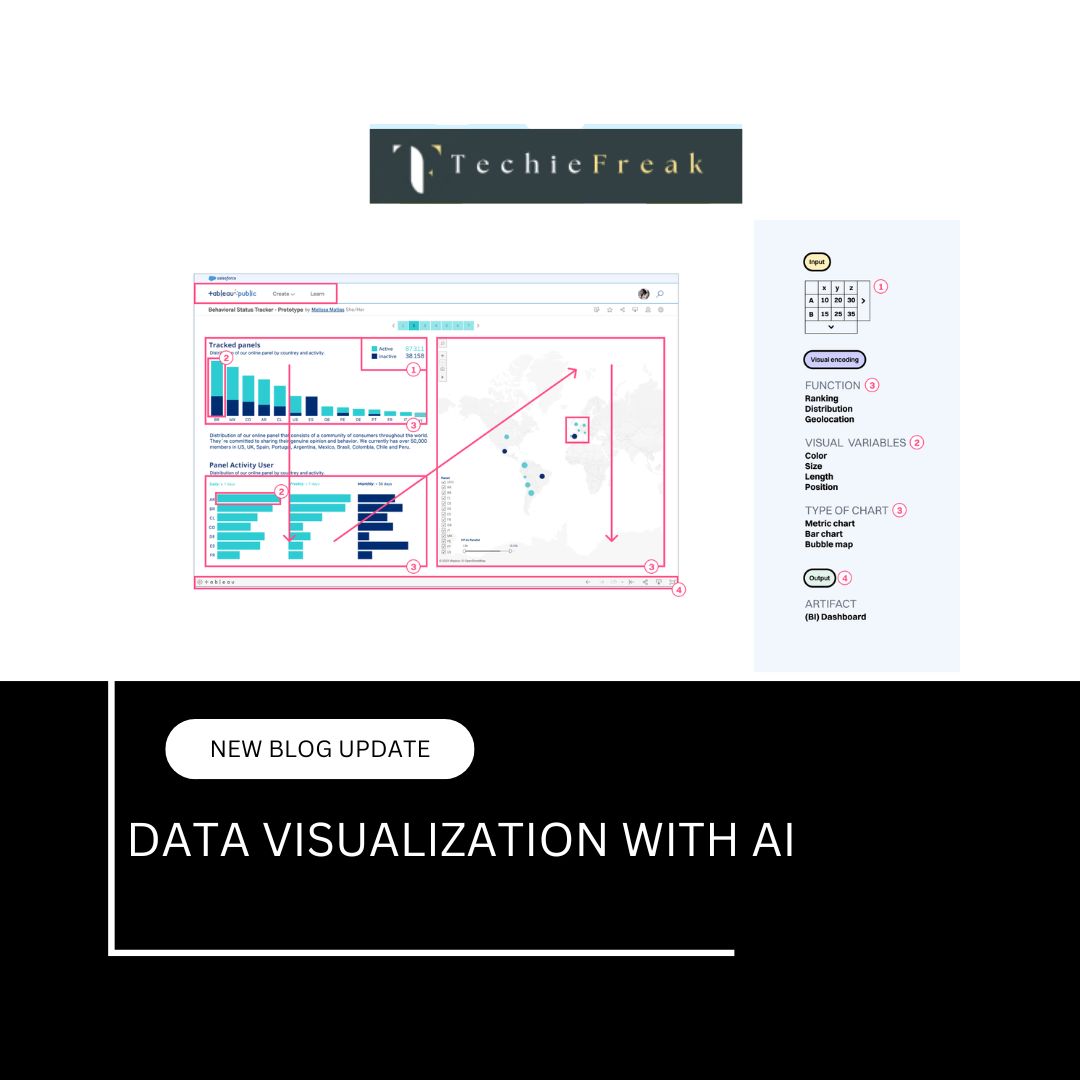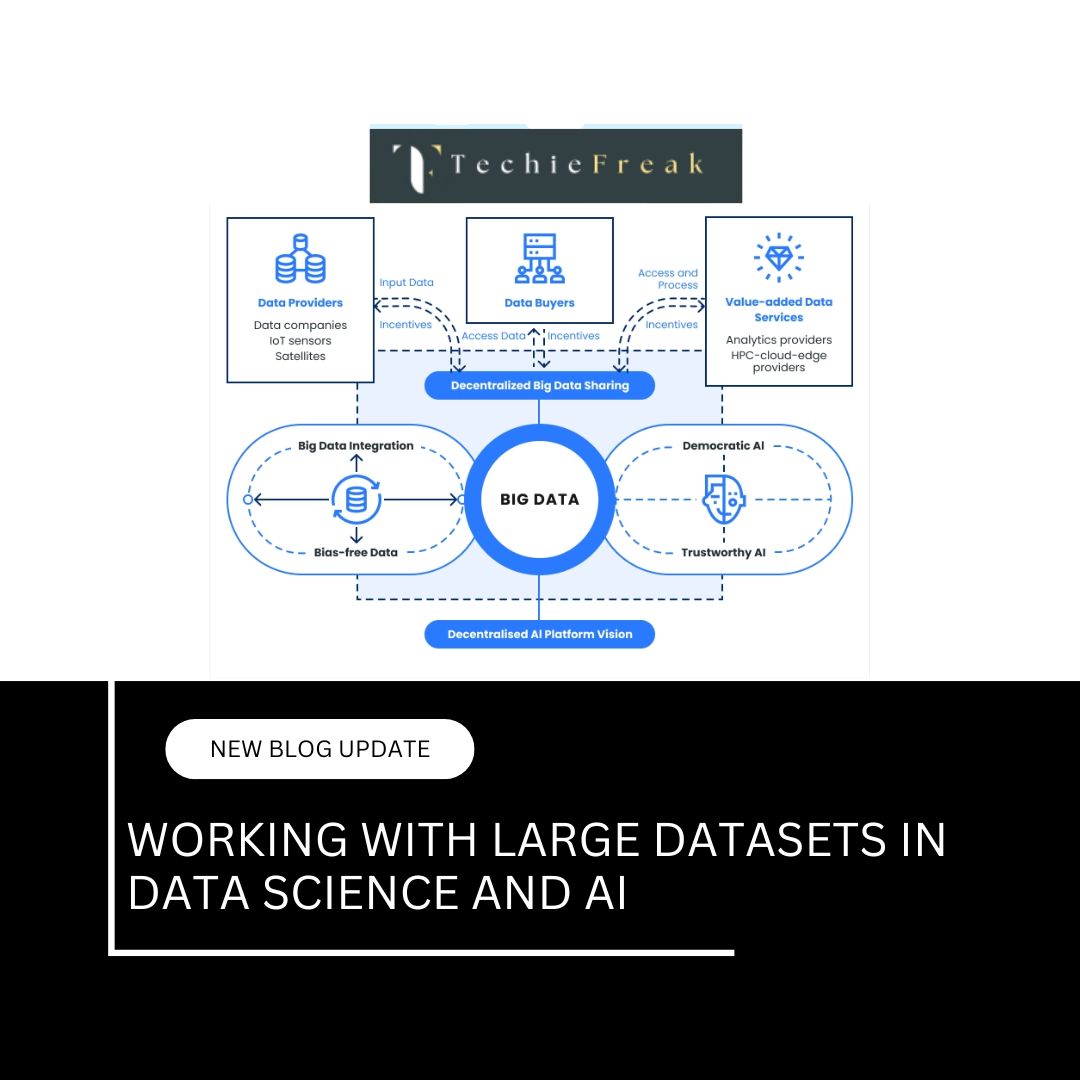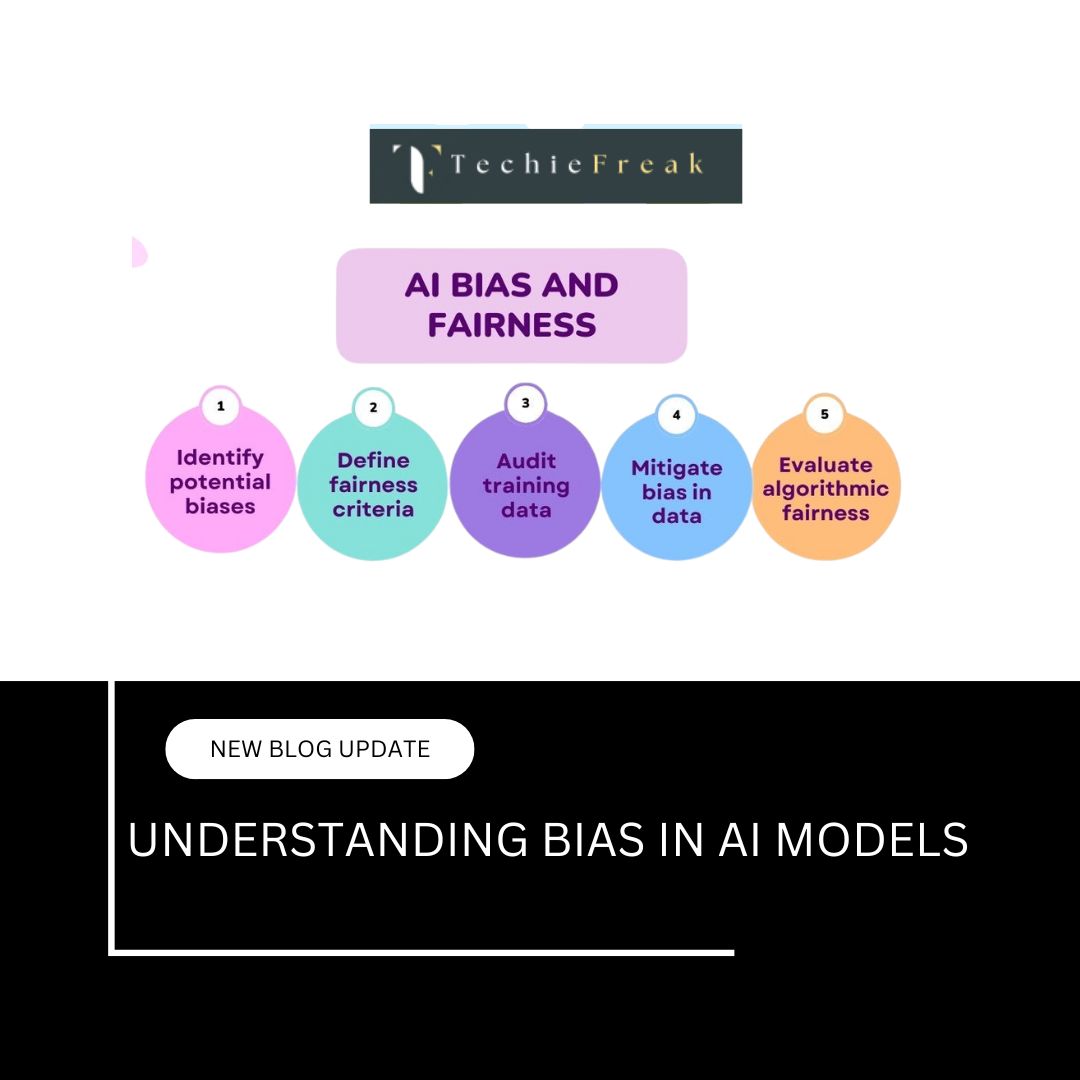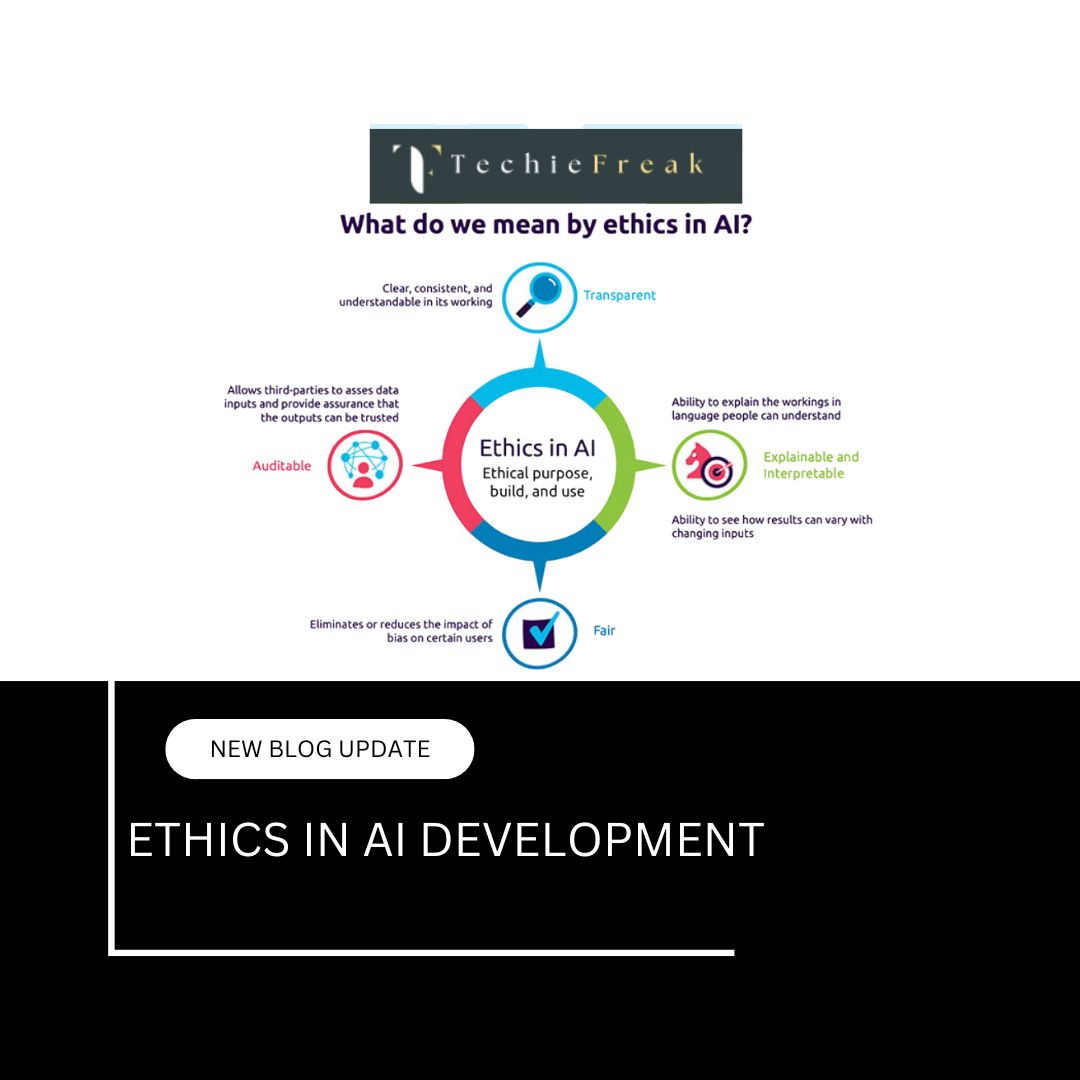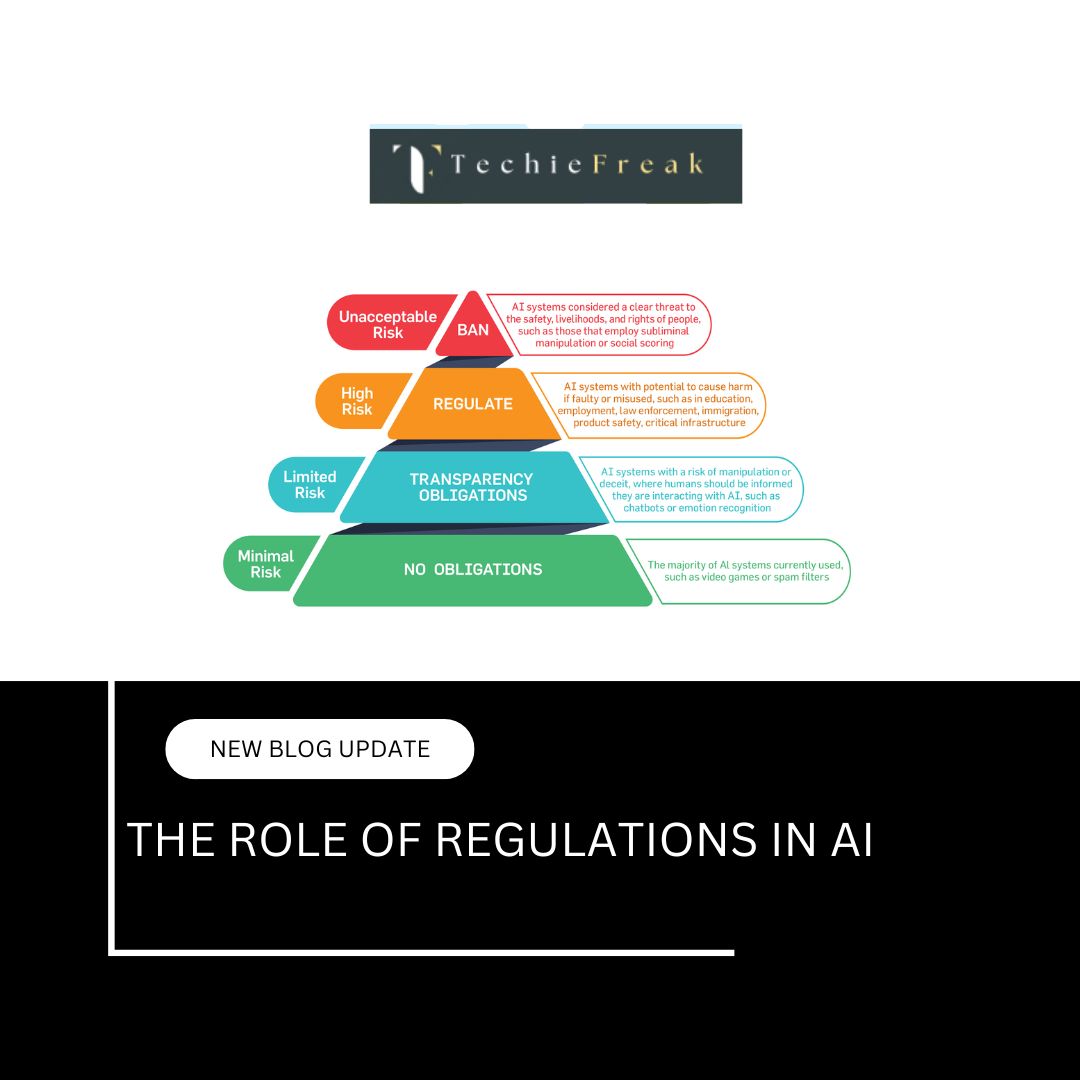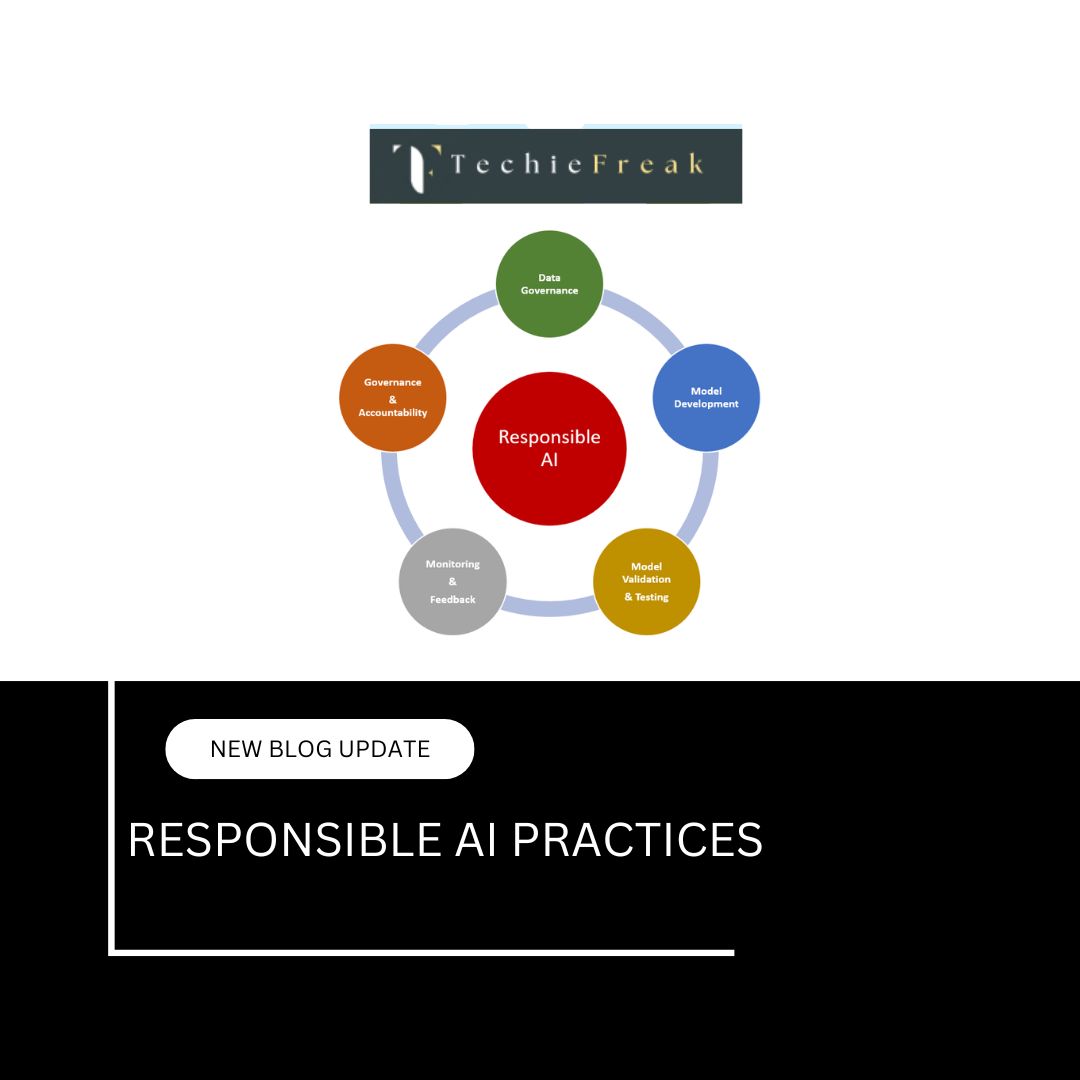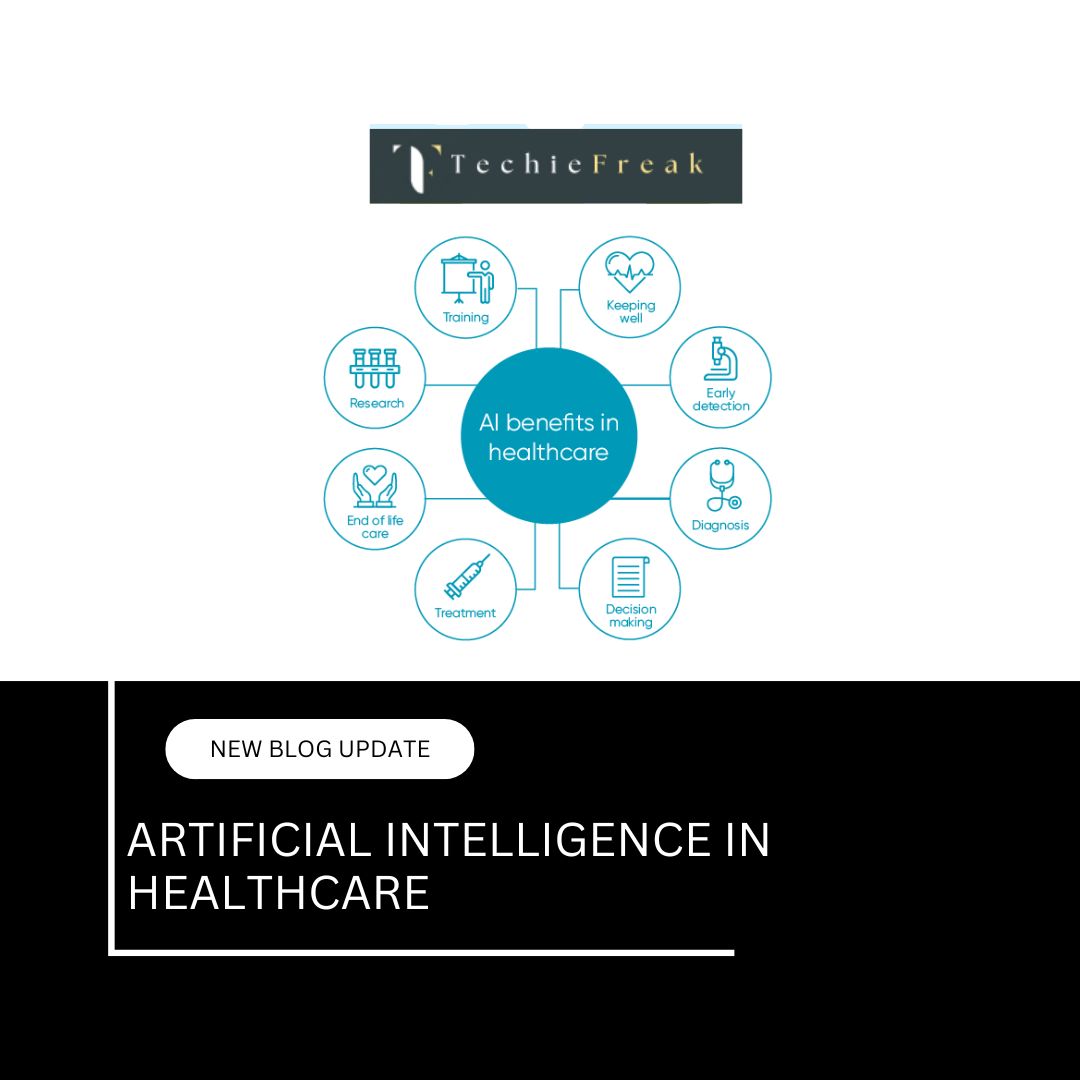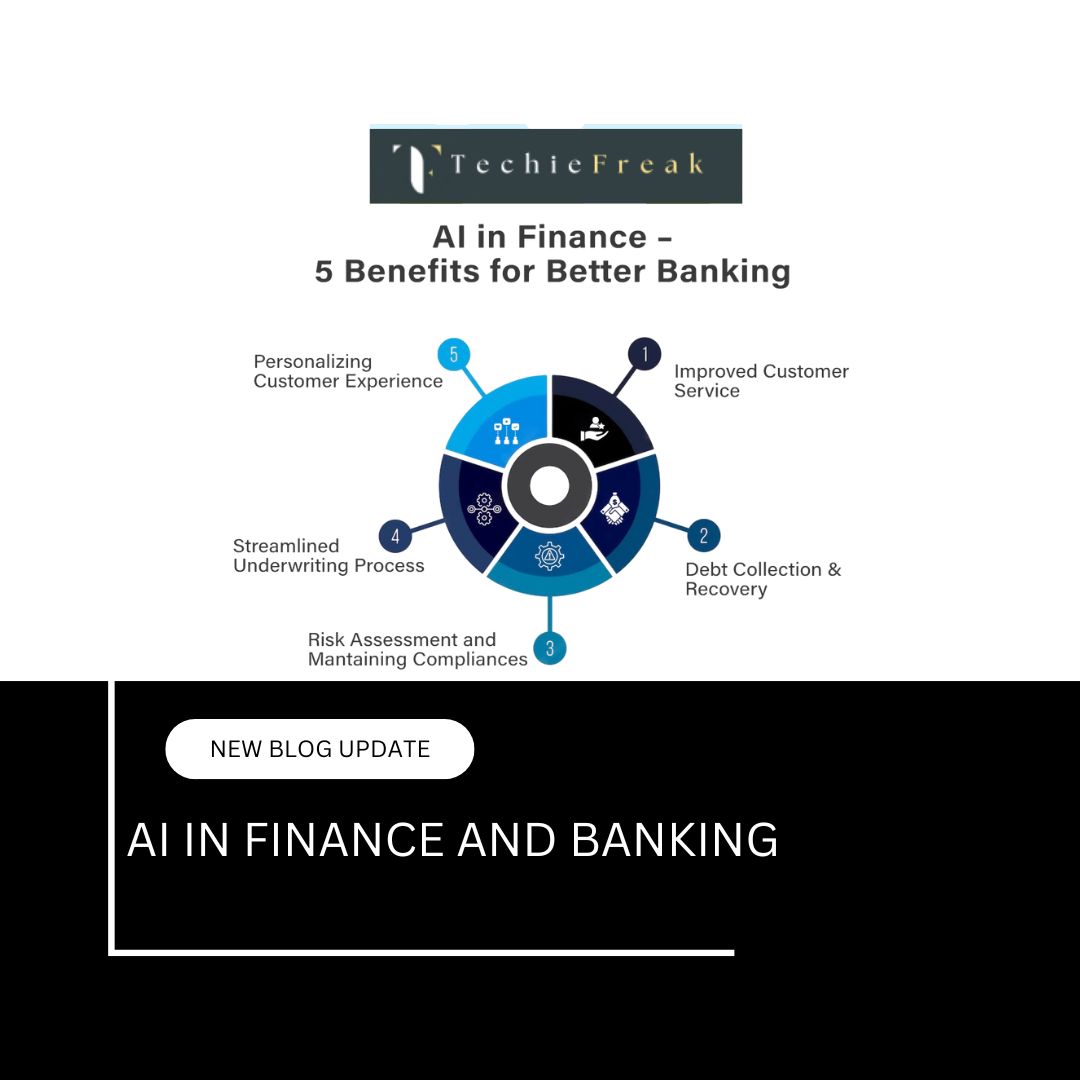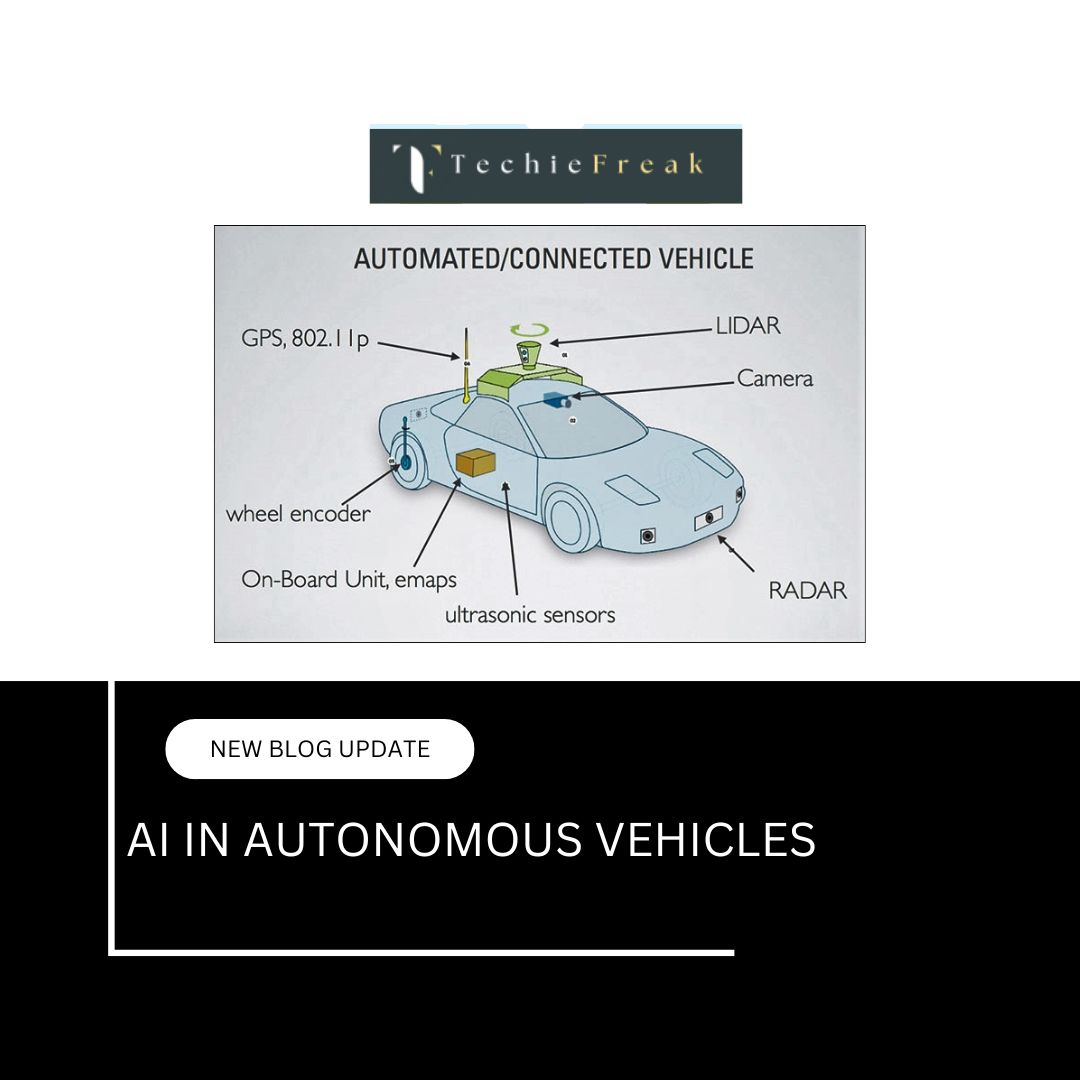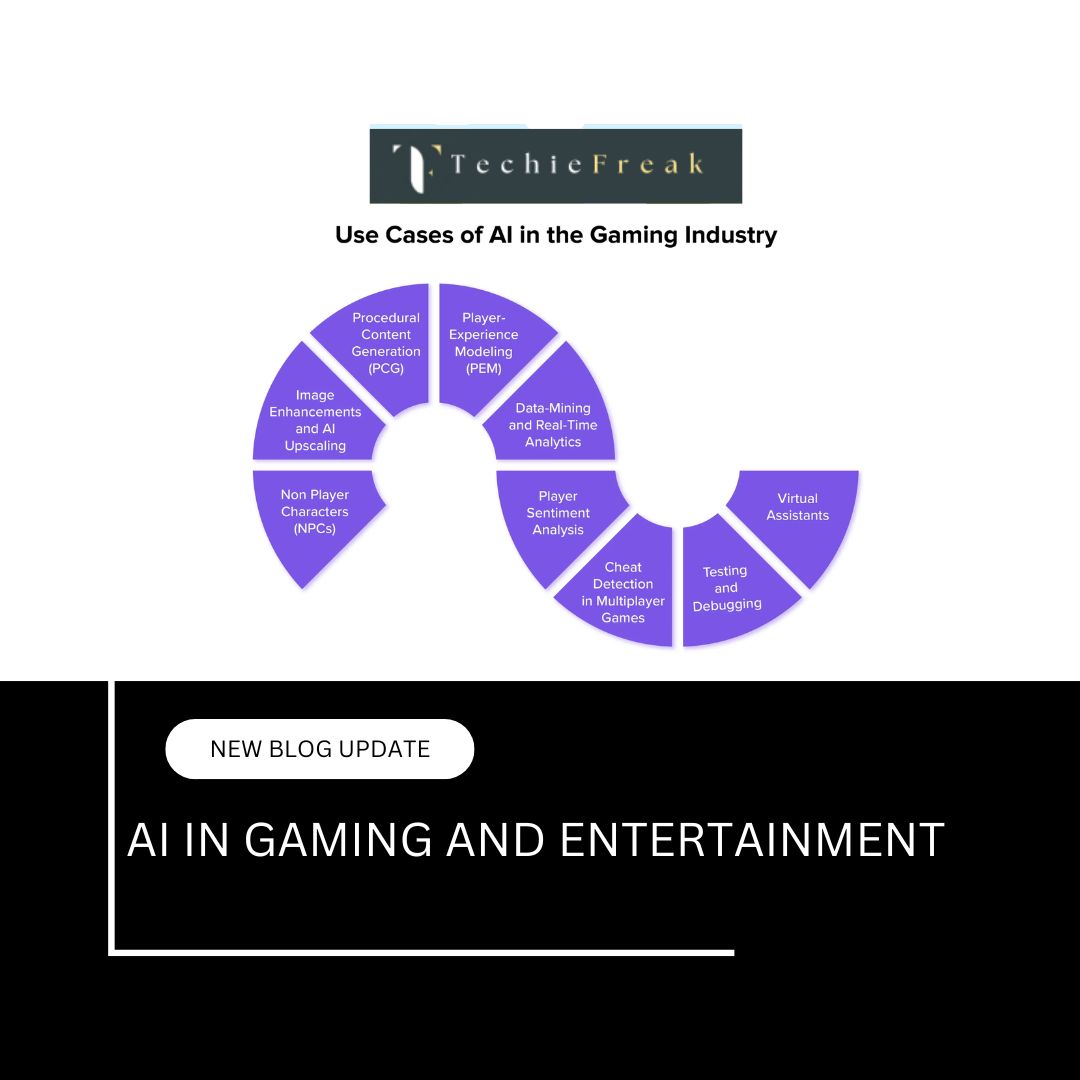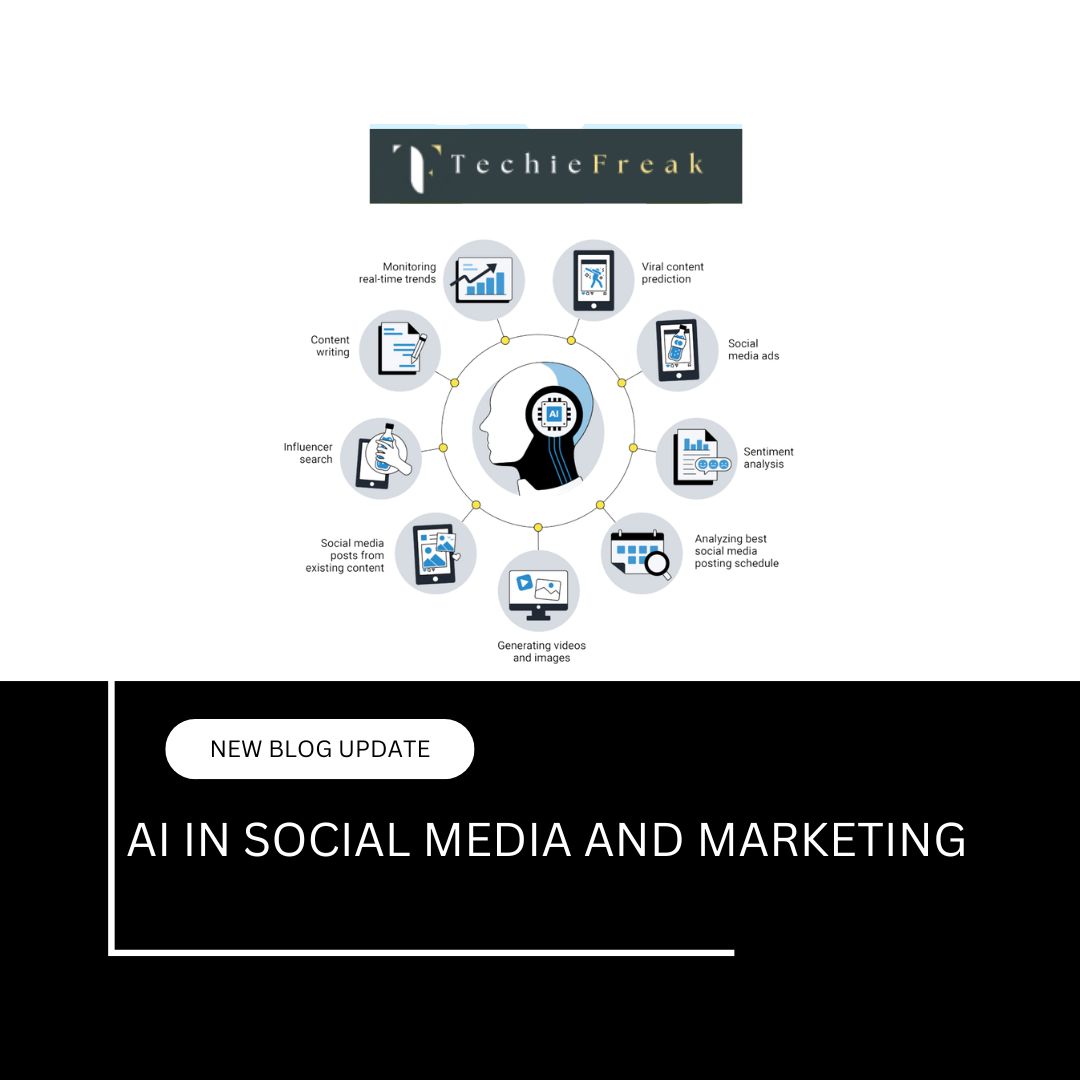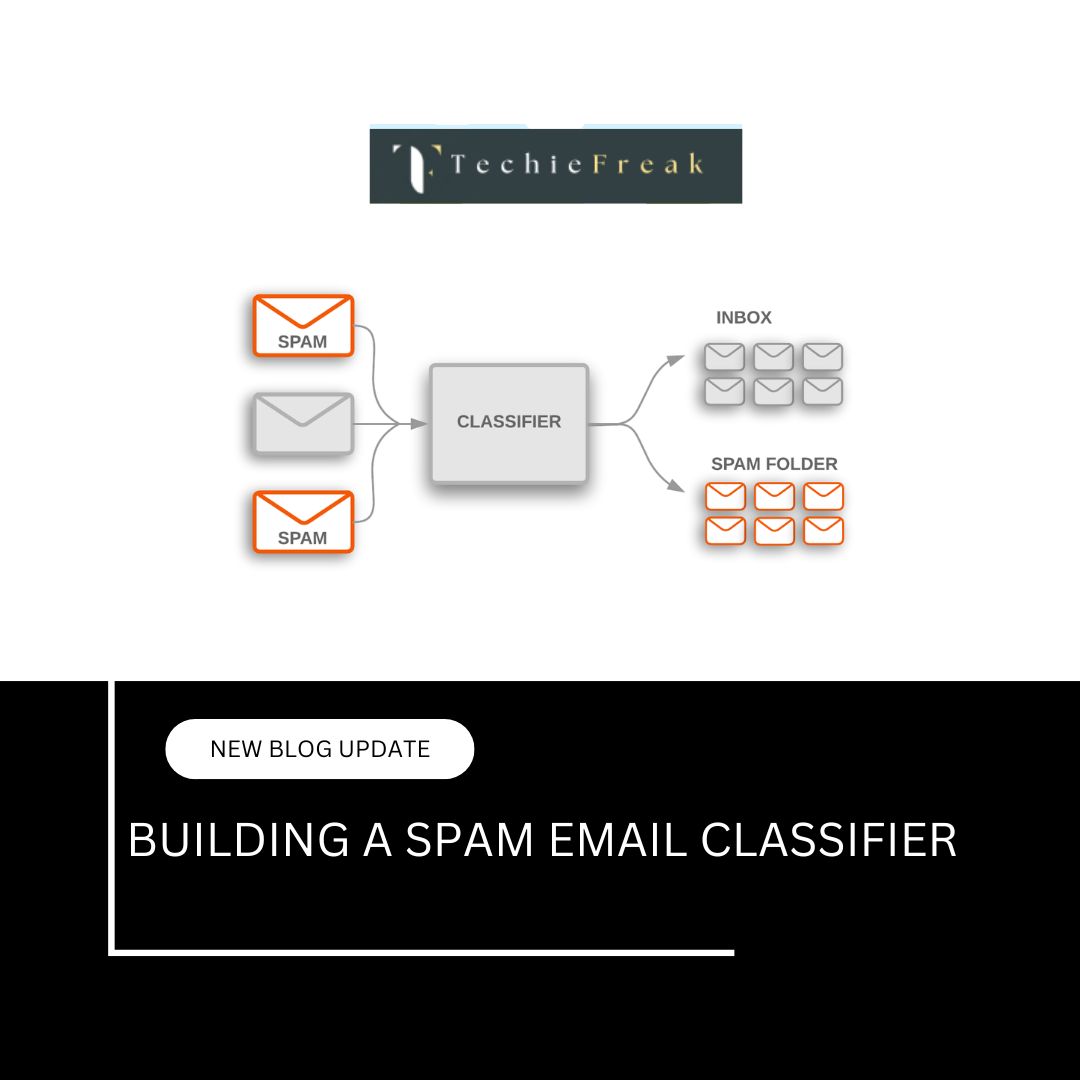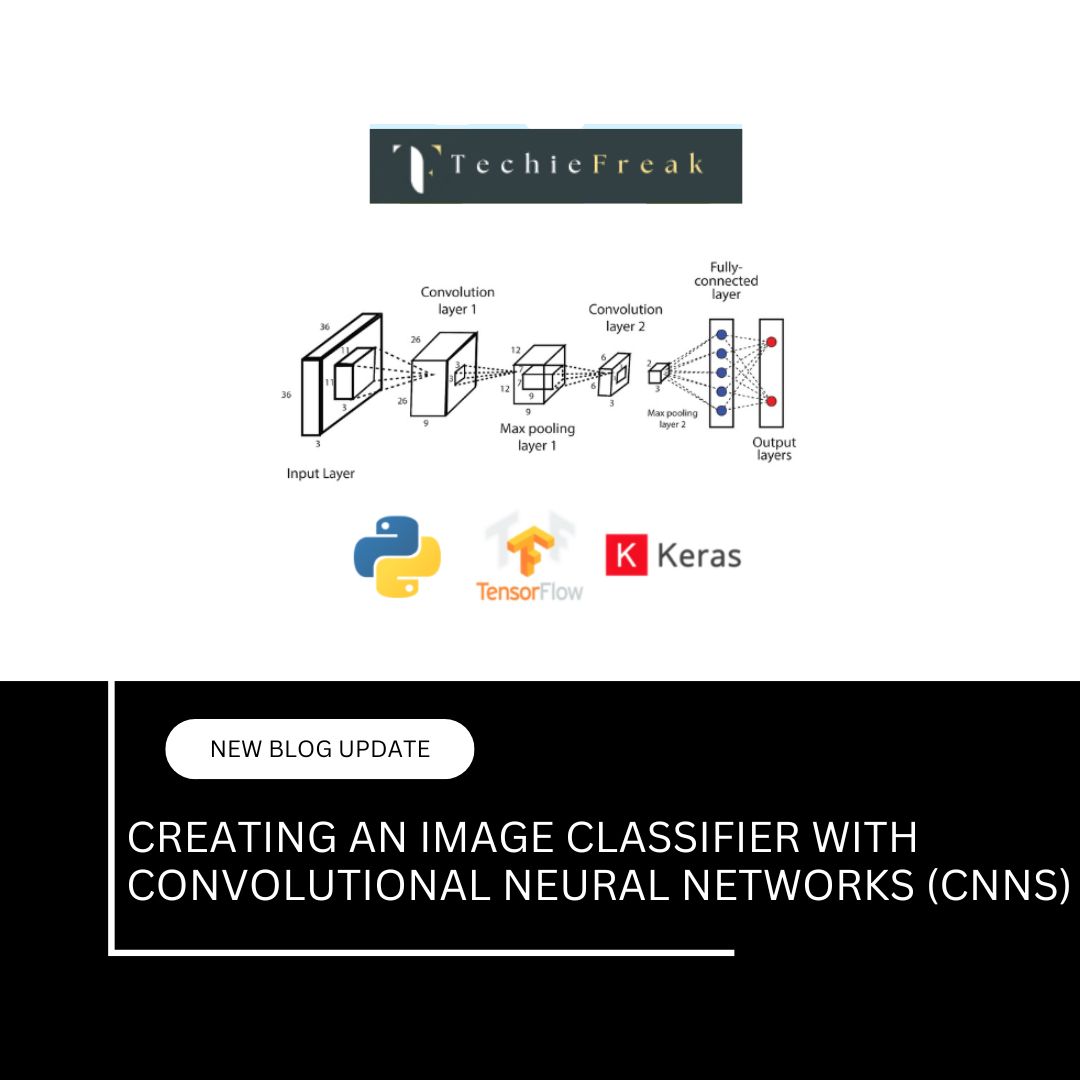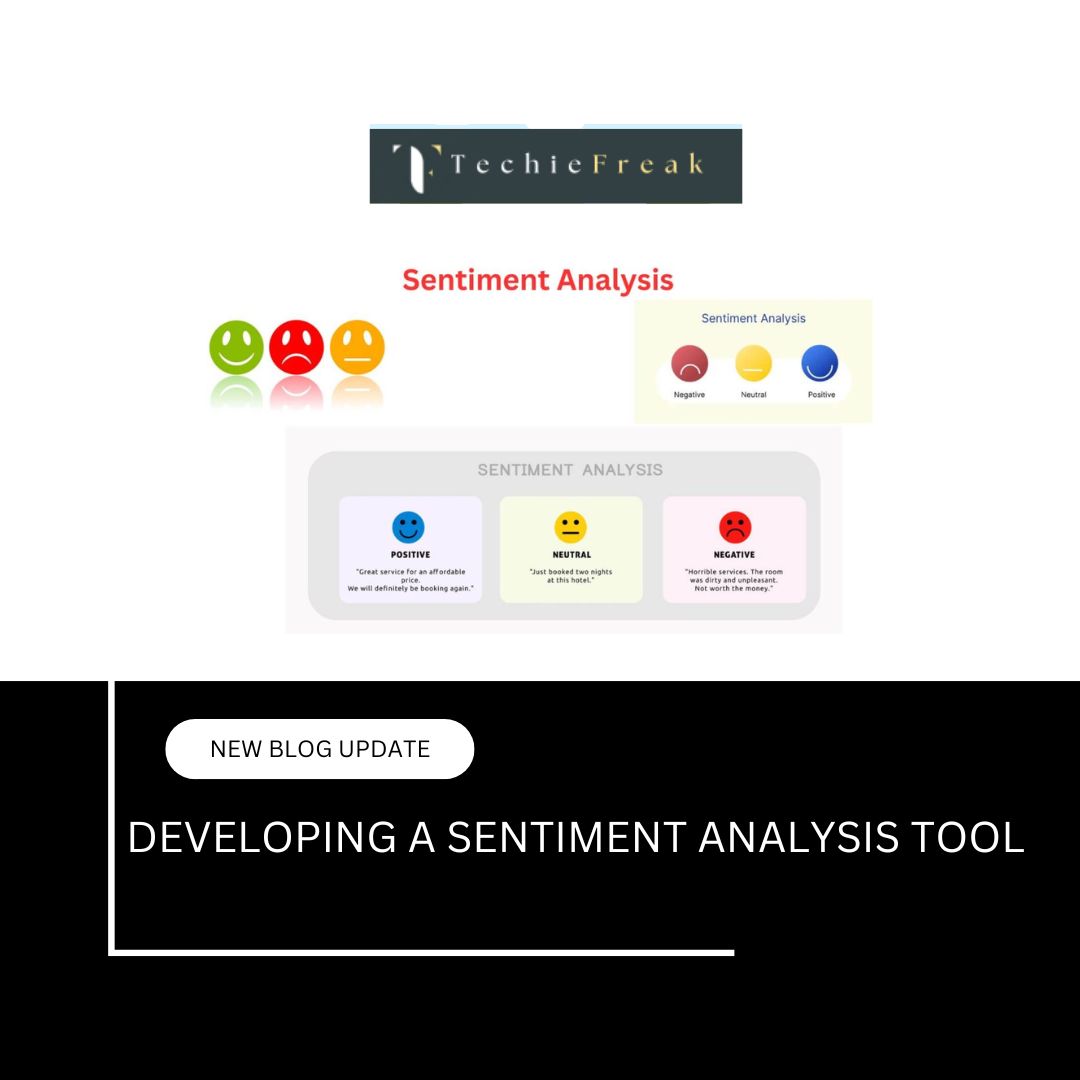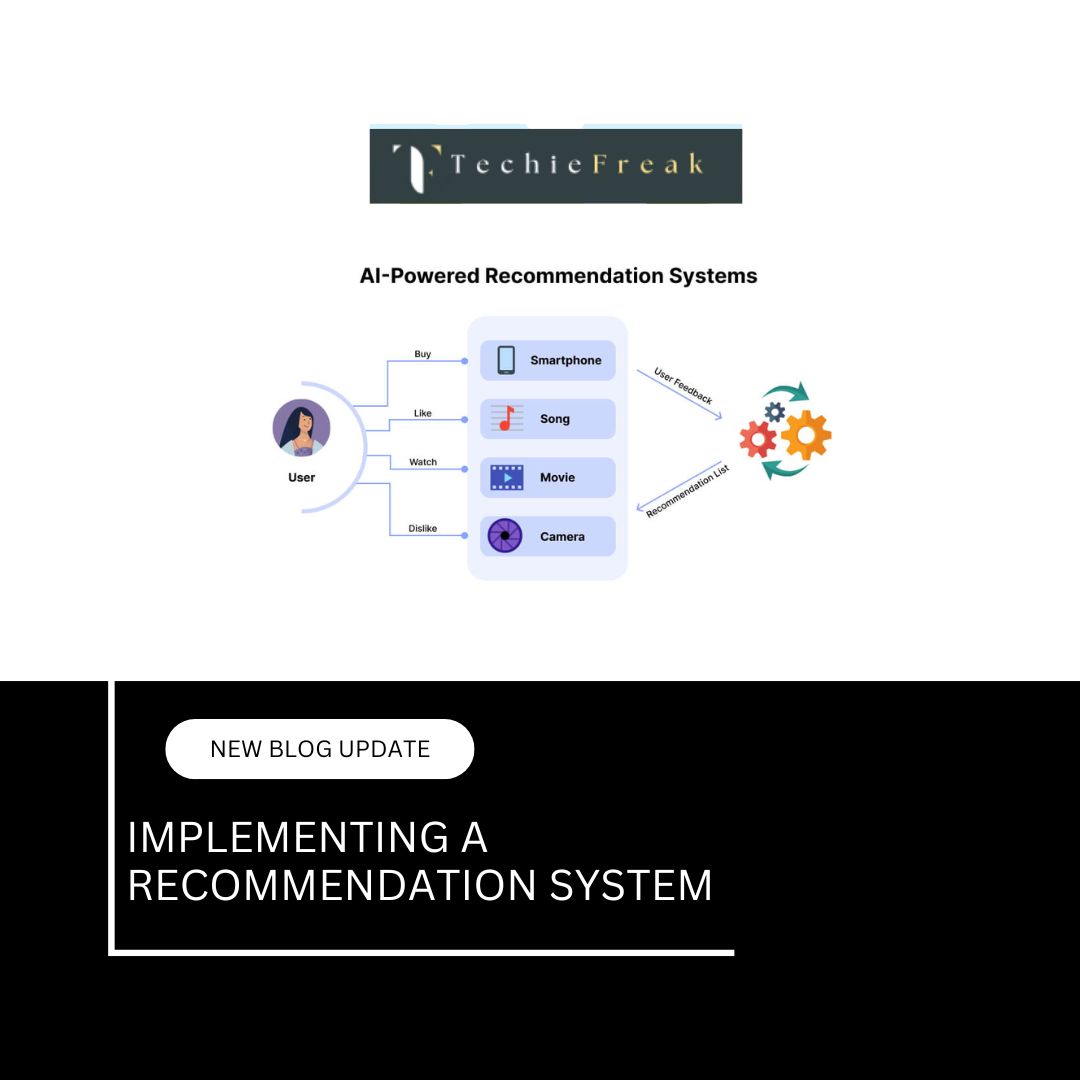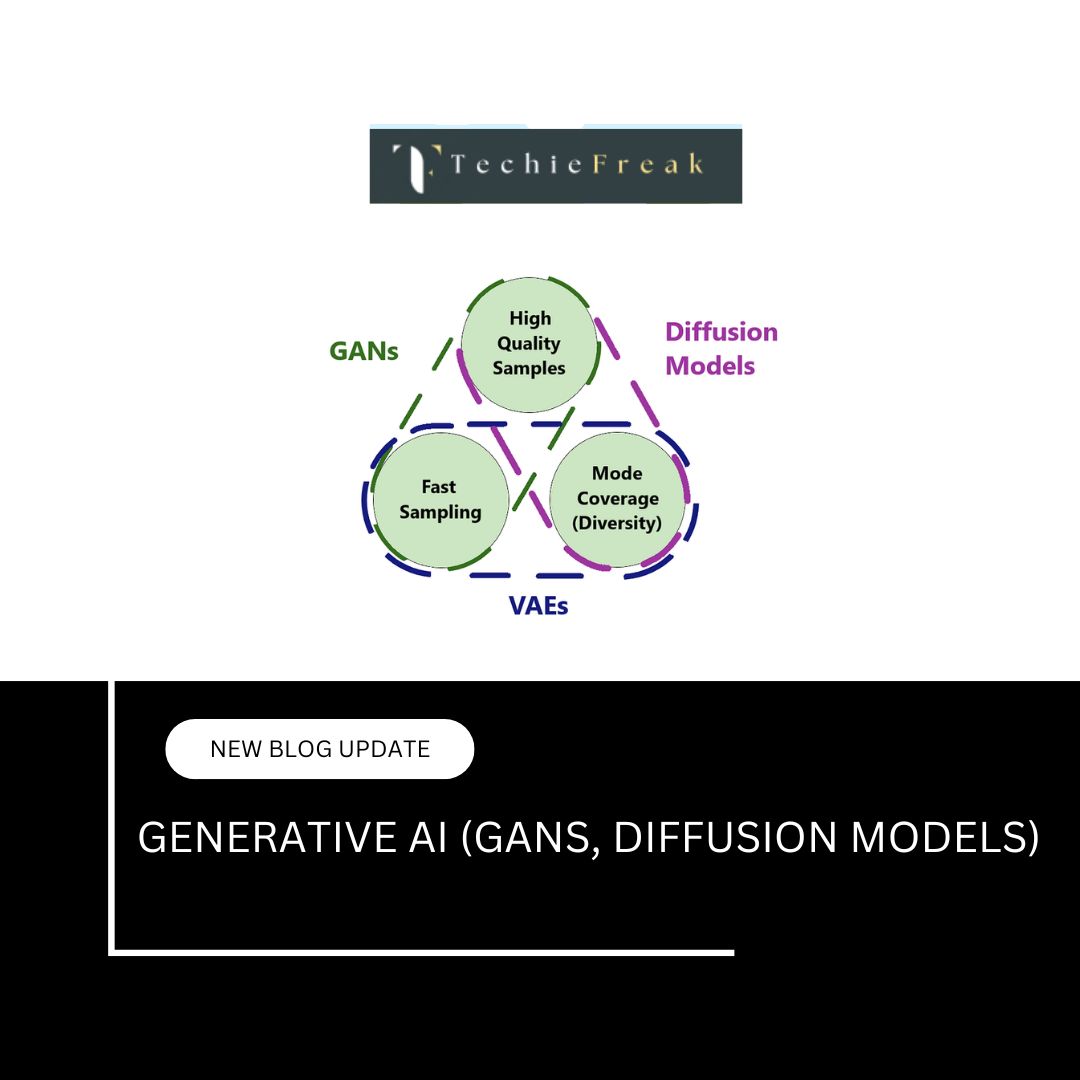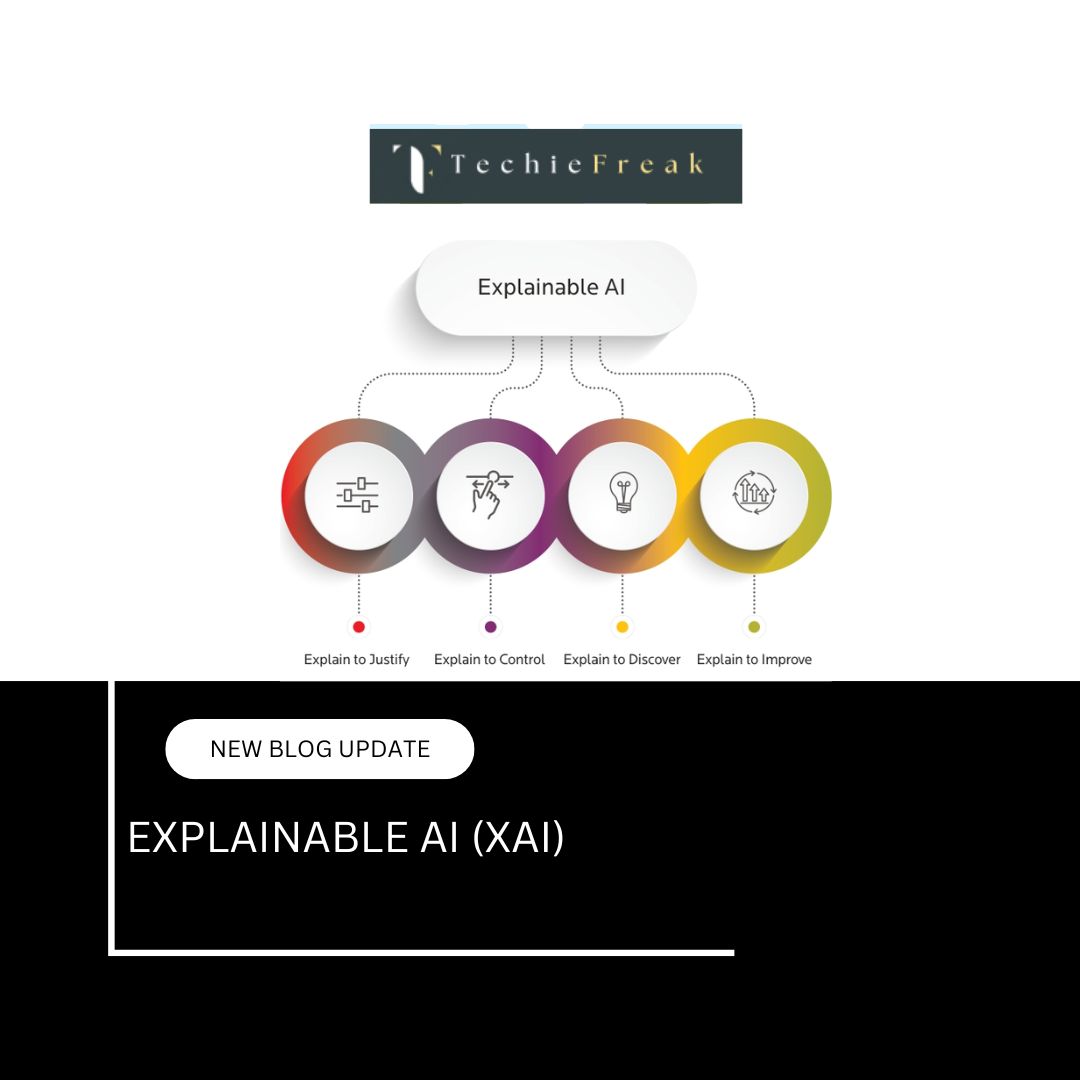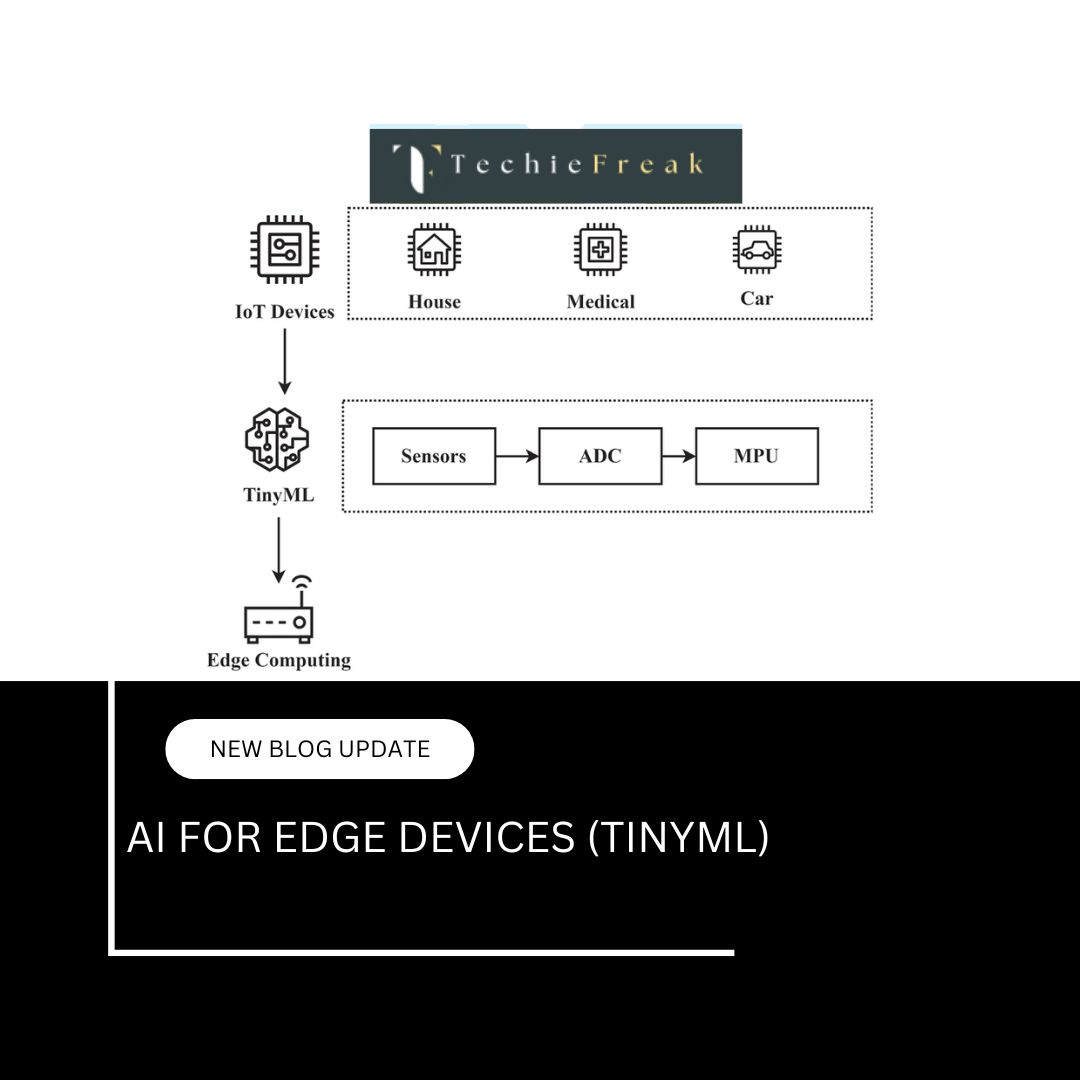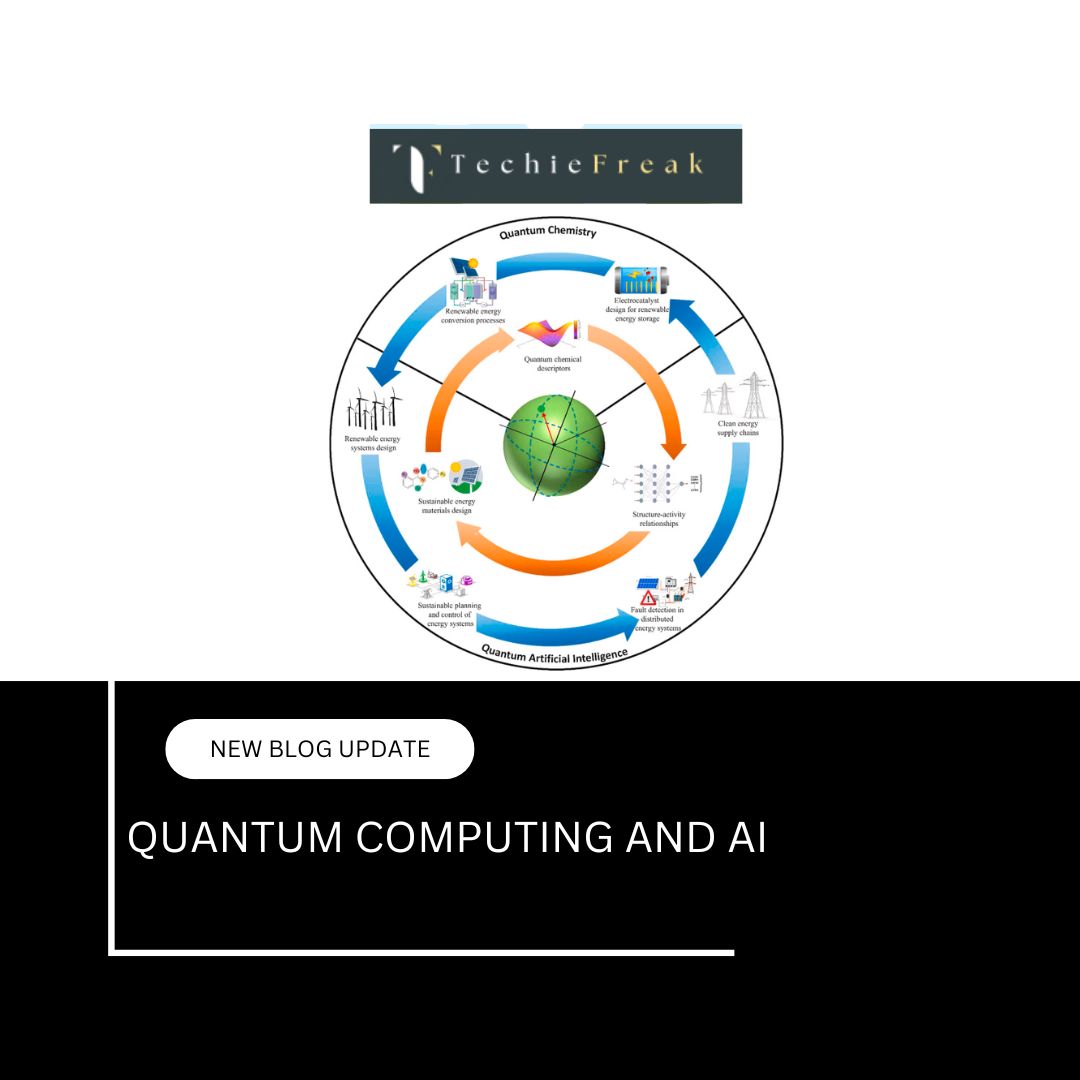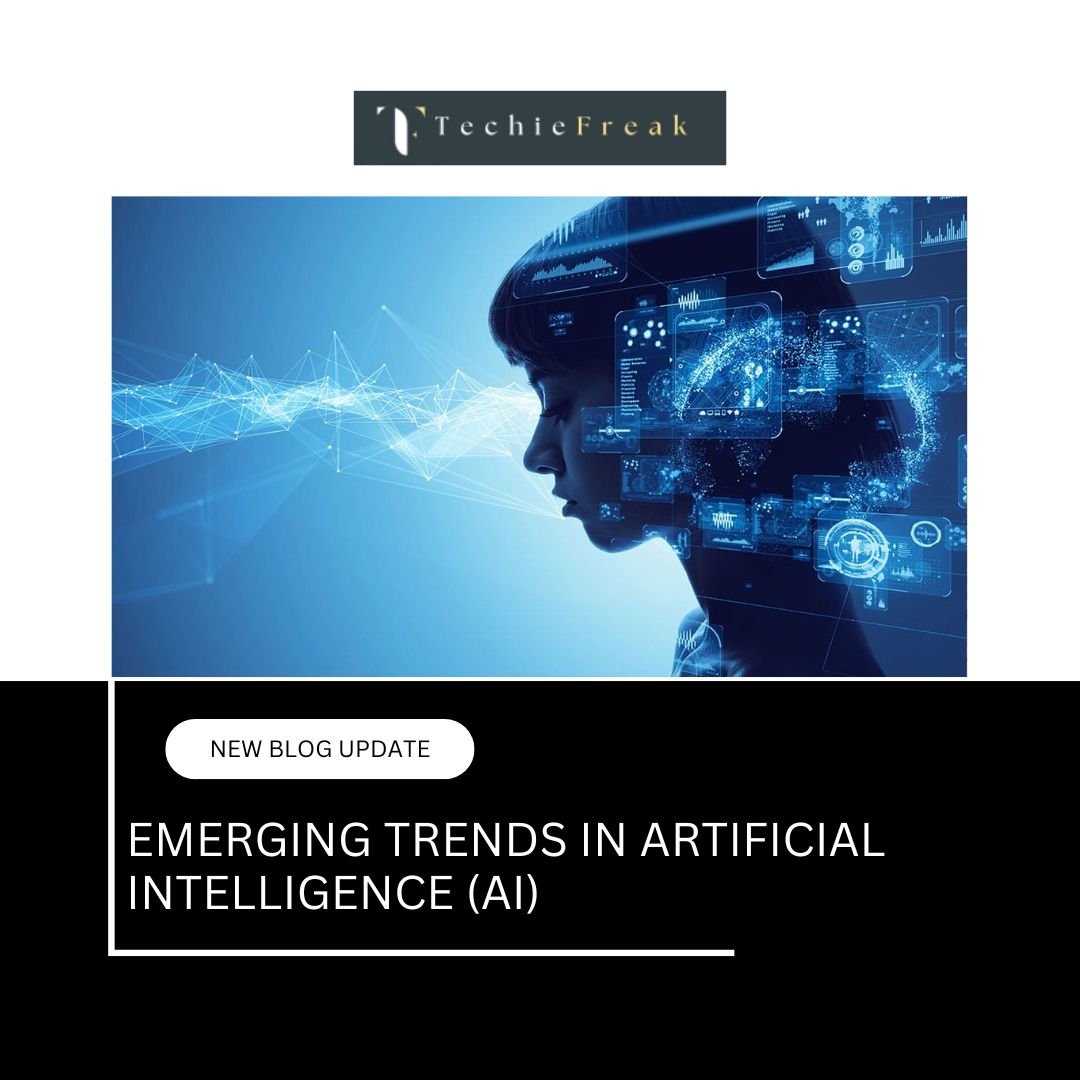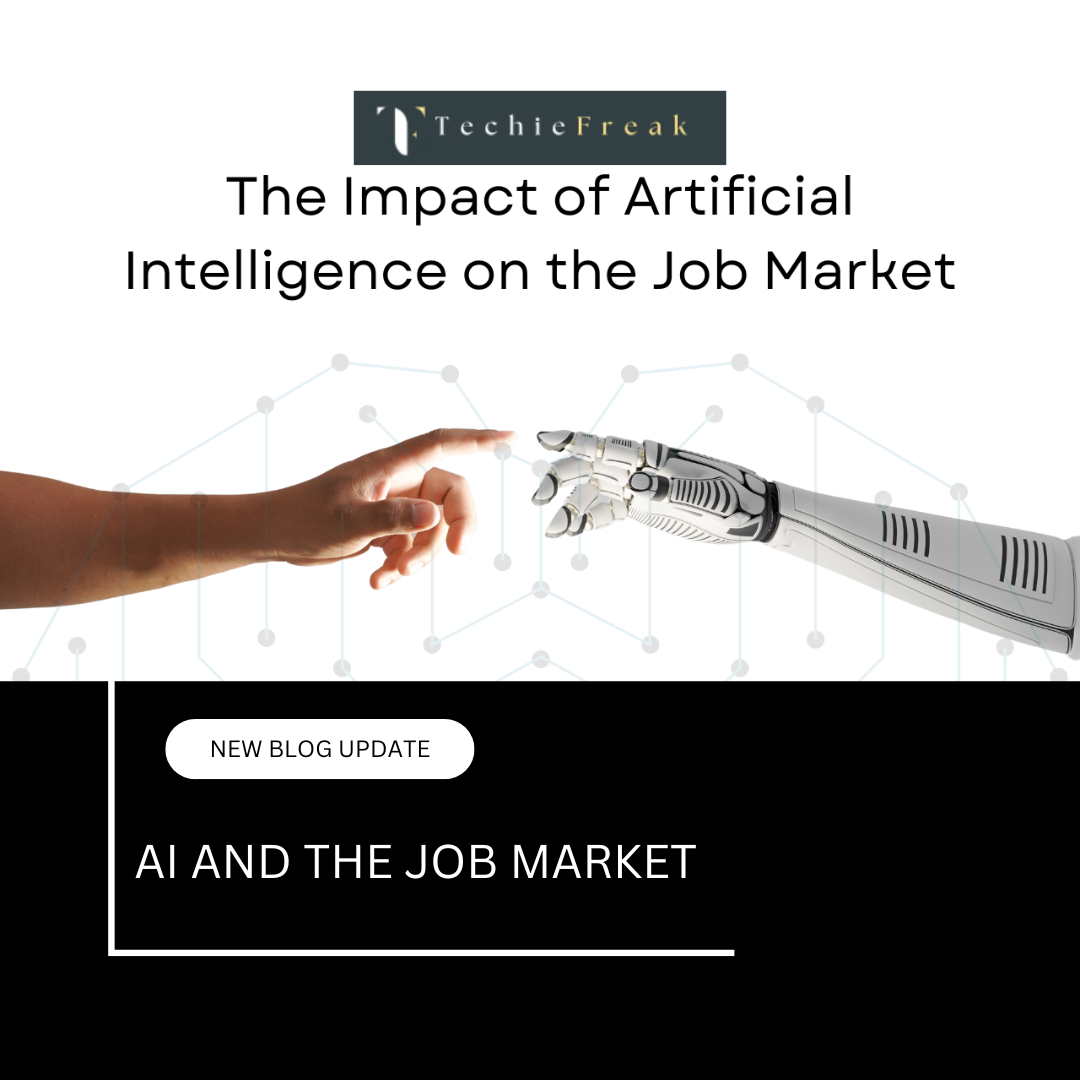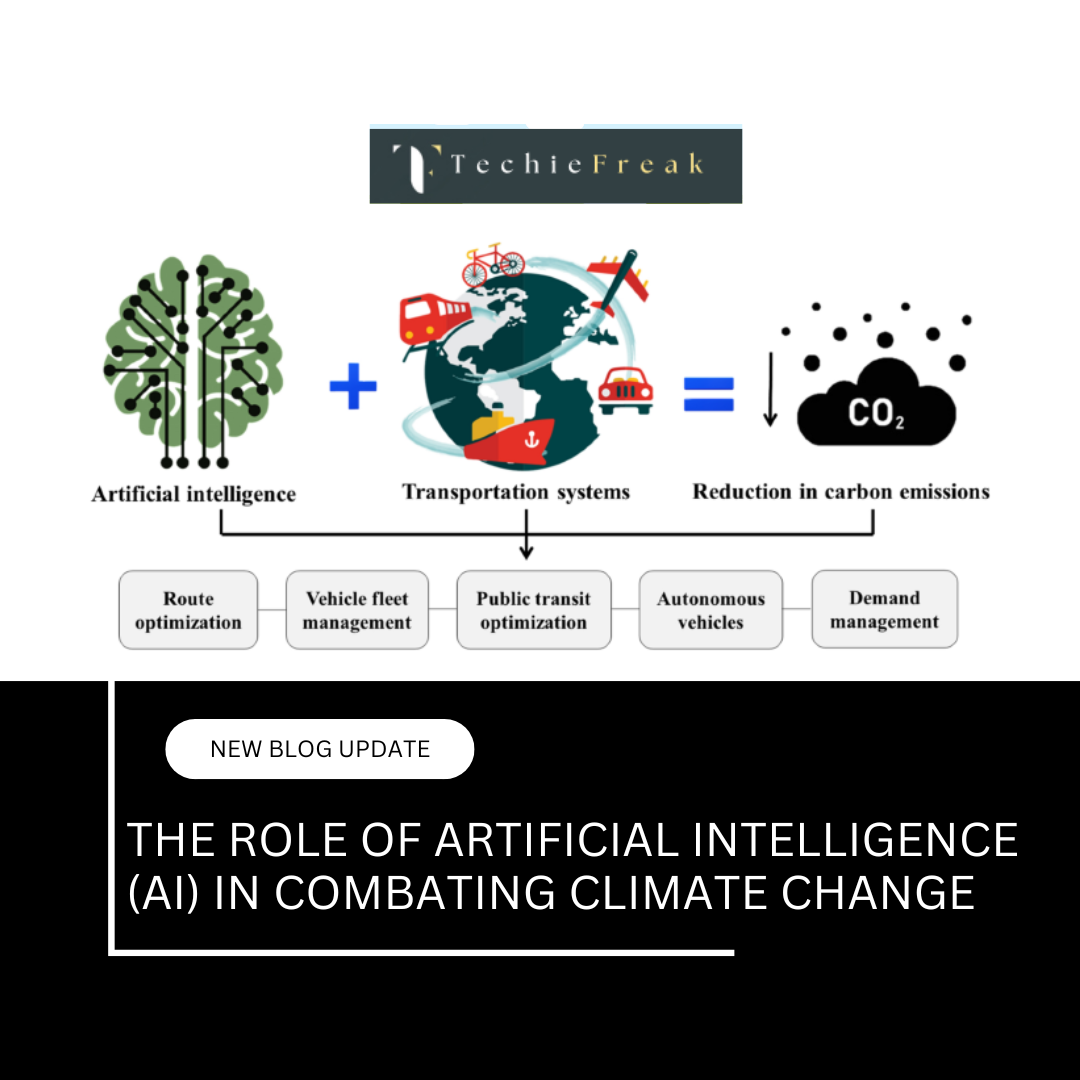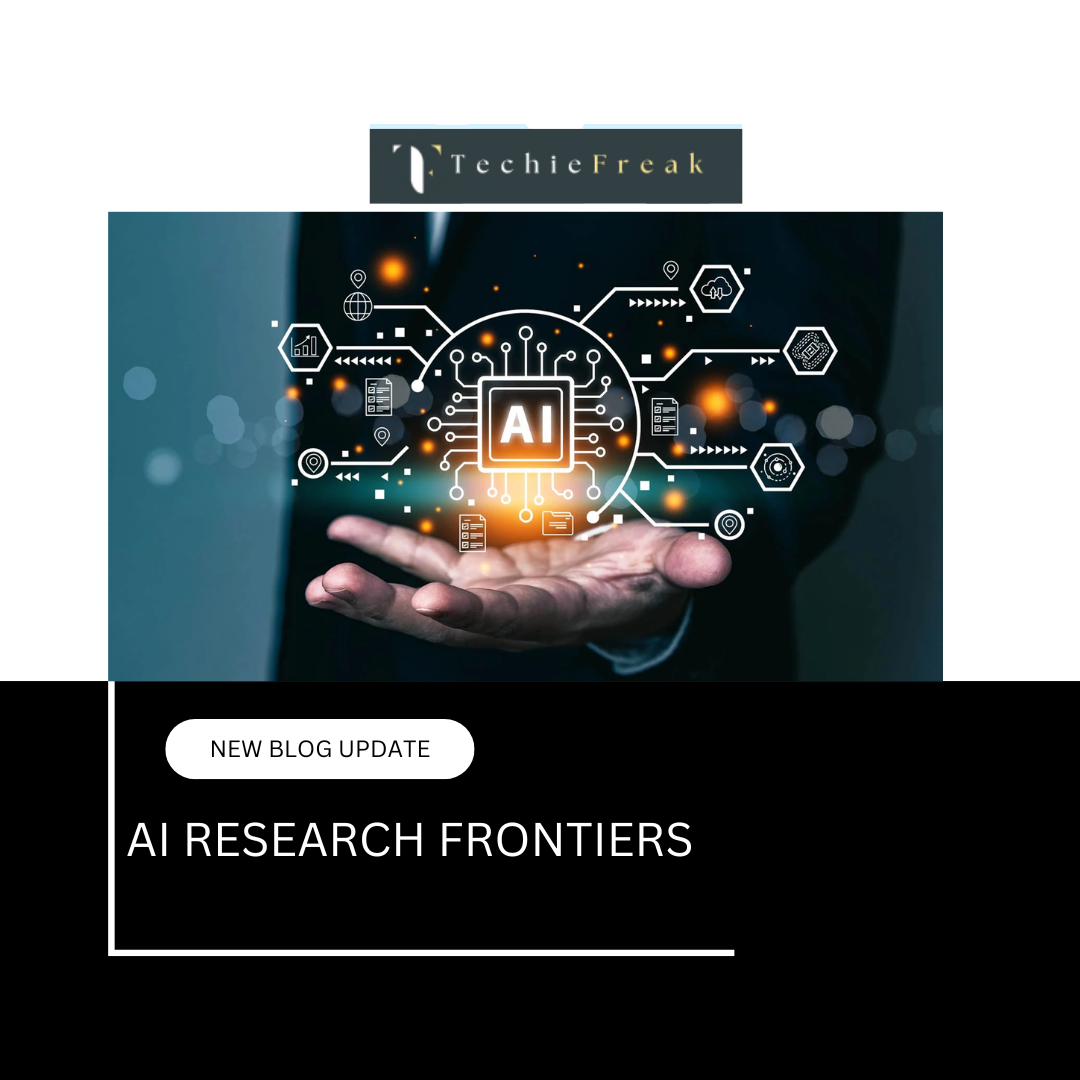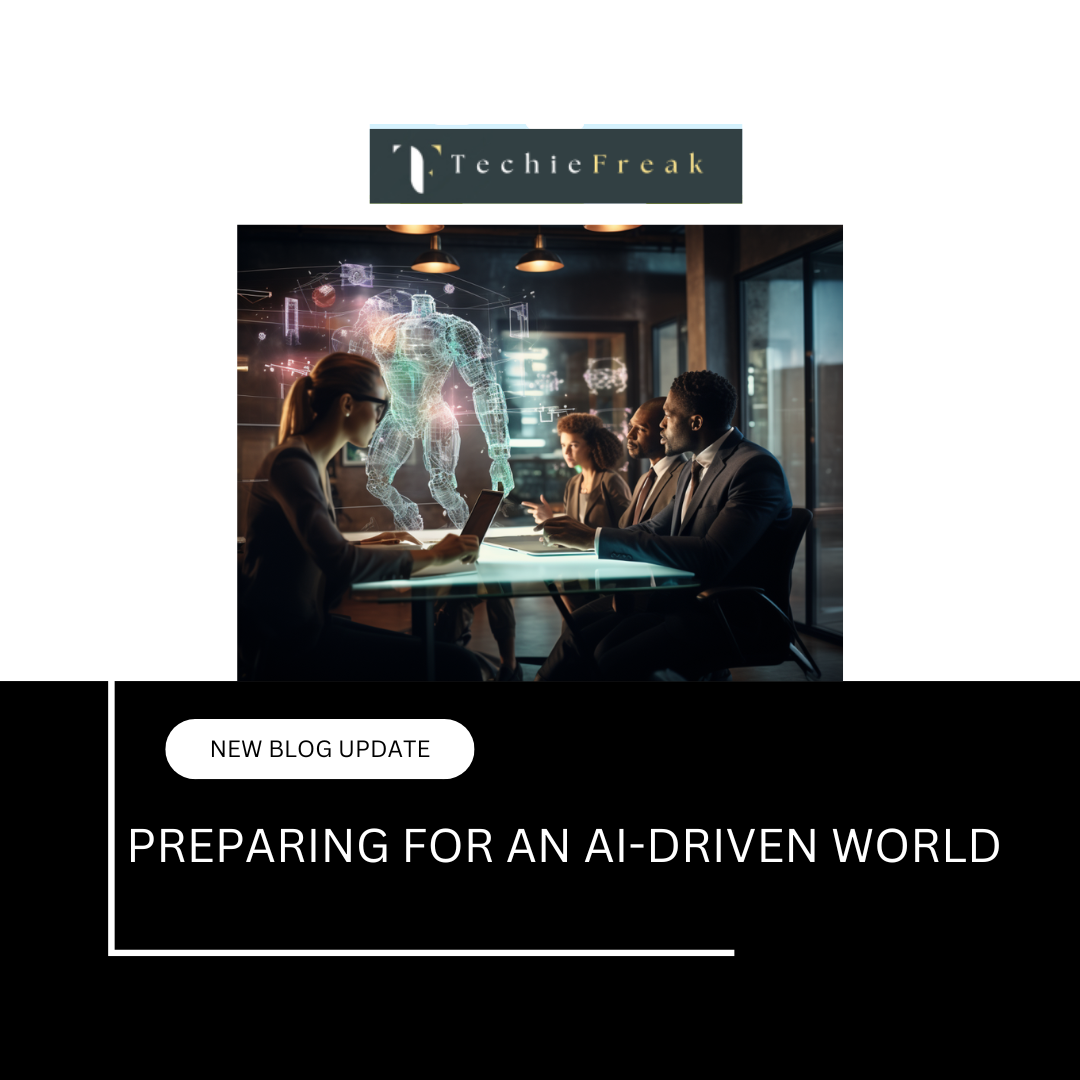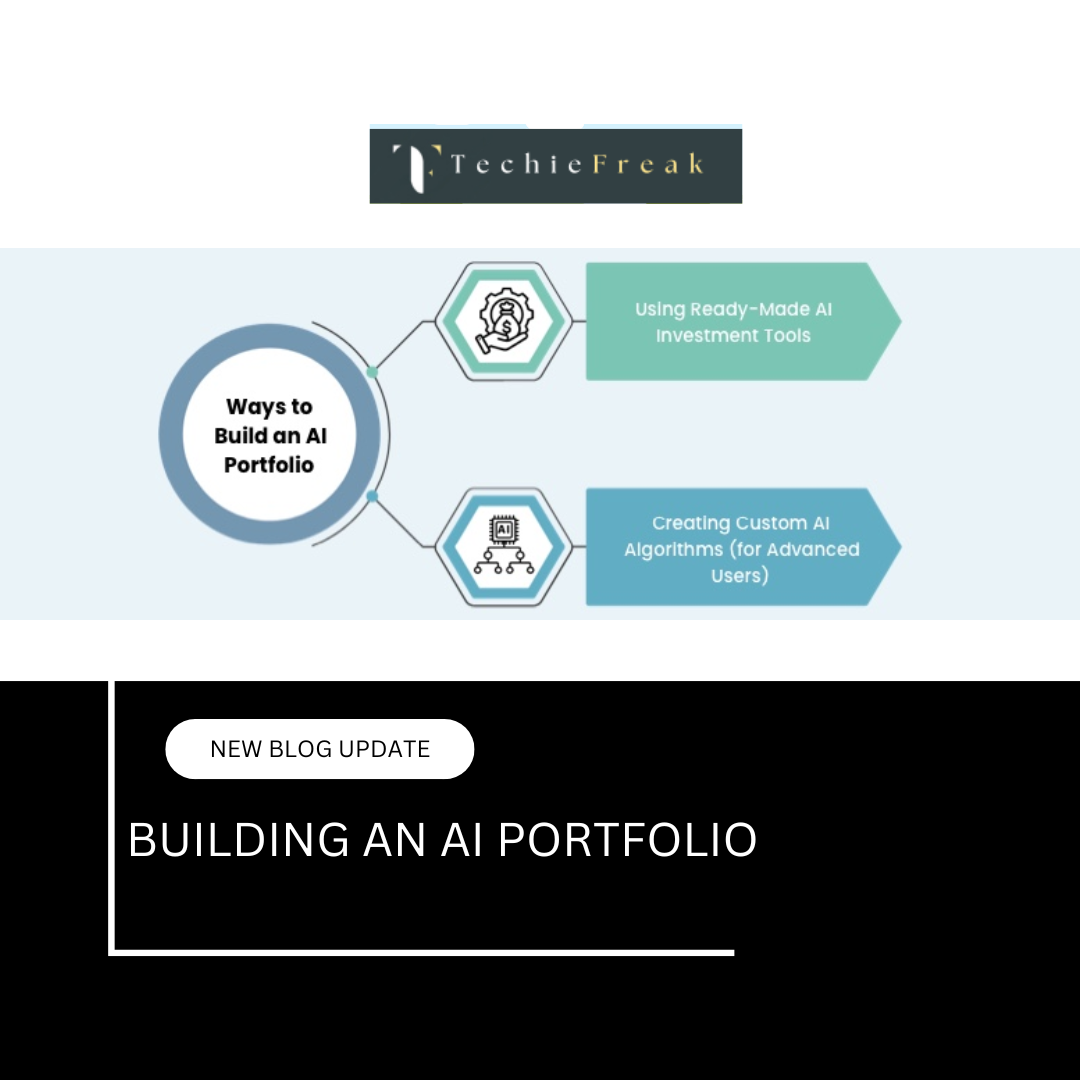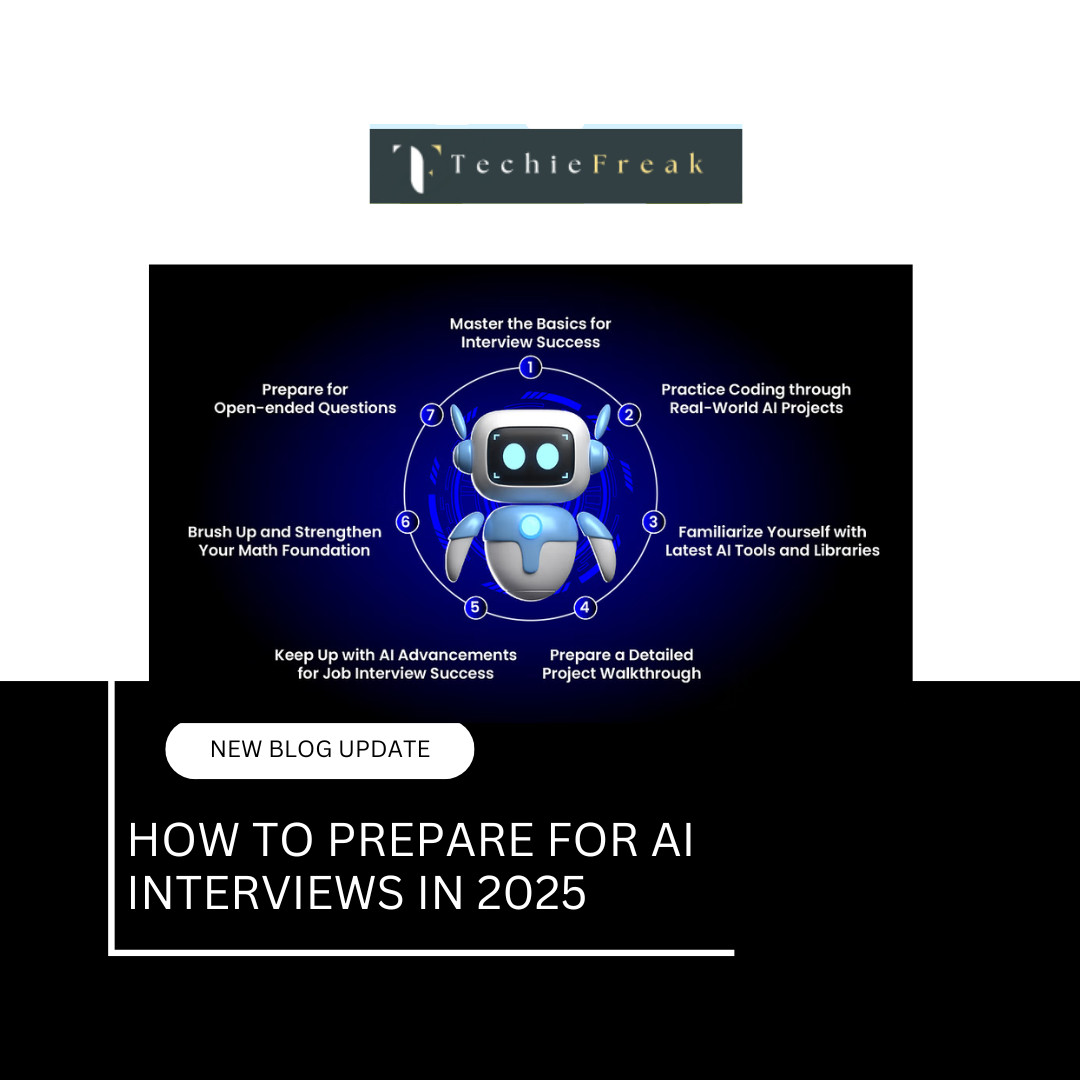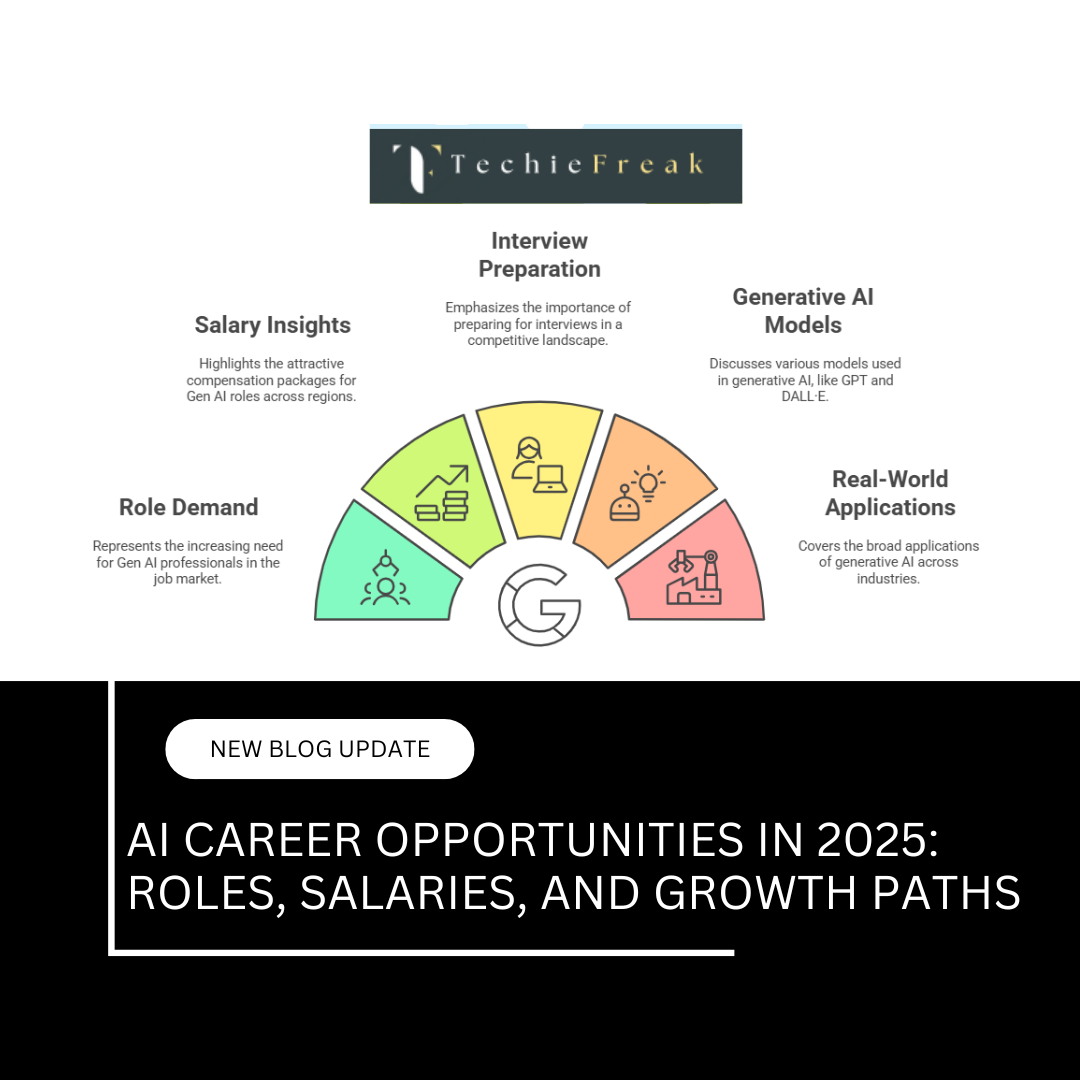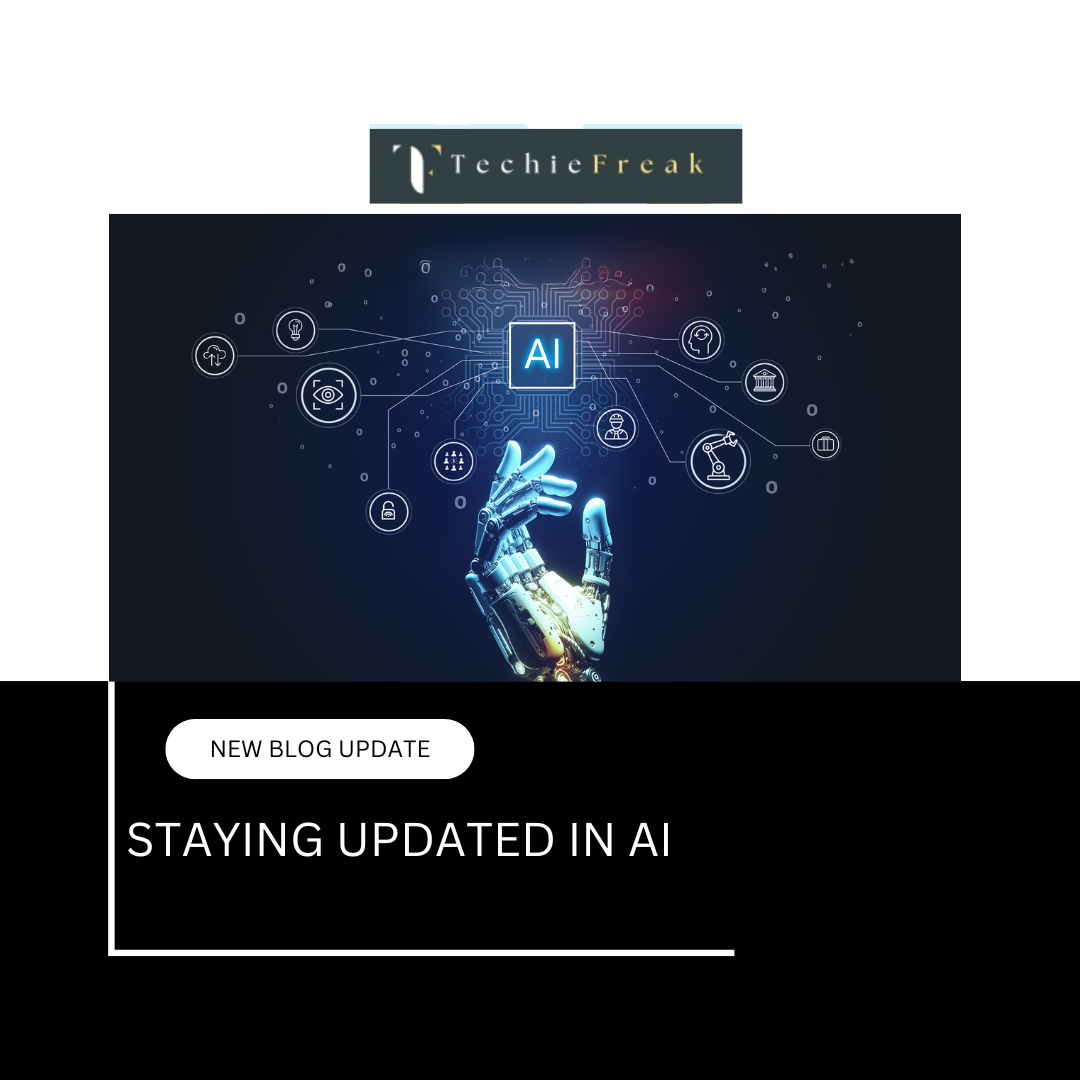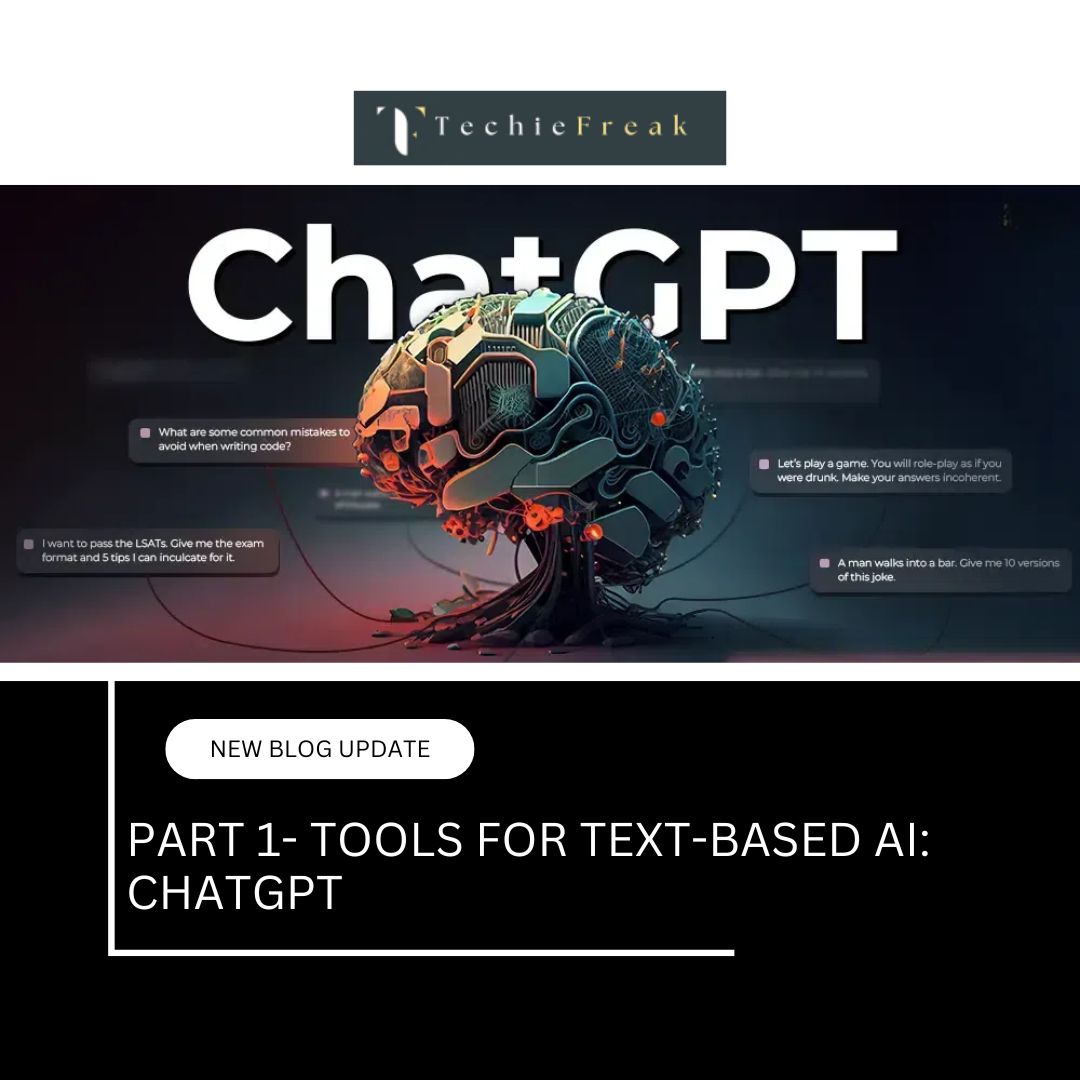Part 1- Tools for Text-Based AI: Grammarly
1. Introduction to Grammarly
1.1 What is Grammarly?
Grammarly is an advanced writing assistance tool powered by artificial intelligence (AI) and natural language processing (NLP). It is designed to analyze written text for grammar, punctuation, spelling, clarity, tone, and style, helping users produce error-free and effective writing across various platforms.
It functions both as a grammar and spell checker and a real-time writing coach. Grammarly’s objective is to help users communicate clearly and confidently, whether they are drafting emails, reports, blog posts, academic papers, or social media content.
1.2 Core Purpose of Grammarly
The primary purpose of Grammarly is to enhance the quality of written communication. It achieves this by:
- Correcting mistakes: Identifying and fixing grammatical, punctuation, and spelling errors.
- Improving clarity: Recommending changes to sentence structure, wordiness, and readability.
- Maintaining tone: Detecting the tone of the writing and suggesting adjustments for appropriate delivery.
- Supporting multilingual users: Helping non-native English speakers write fluently and correctly.
- Providing style consistency: Ensuring consistent writing style across documents for business or academic purposes.
1.3 History and Evolution
- Founded: In 2009 by Alex Shevchenko, Max Lytvyn, and Dmytro Lider.
- Initial Use Case: Began as an educational tool for students and universities to check essays and academic content.
- Growth Phase: Over time, Grammarly expanded its scope to serve professionals, businesses, and casual writers.
- Technological Evolution:
- Introduced browser extensions (Chrome, Firefox, Edge)
- Integrated with platforms like Gmail, Google Docs, Microsoft Word
- Launched desktop apps, mobile keyboards, and a dedicated web editor
- AI Advancements: In recent years, Grammarly has incorporated machine learning models and large-scale language models to enhance suggestion accuracy and contextual awareness.
1.4 Key Features Overview
Here is a breakdown of Grammarly’s main features:
| Feature | Description |
|---|---|
| Grammar and Spell Check | Detects and corrects grammatical errors and misspellings in real time. |
| Punctuation Correction | Identifies missing or misused commas, apostrophes, and other punctuation marks. |
| Clarity Improvements | Suggests ways to make sentences more concise and clear. |
| Tone Detection | Analyzes tone and suggests changes to match the intended emotion or audience. |
| Plagiarism Detection | Scans text against a database of online content to detect unoriginal material. |
| Vocabulary Enhancements | Recommends synonyms and more precise word choices. |
| Style Guides (Premium) | Allows teams and organizations to create custom writing rules for consistency. |
| Multilingual Support | Supports English variations such as American, British, Canadian, and Australian English. |
1.5 Deployment Platforms
Grammarly is accessible across multiple platforms and formats:
- Web Application: Edit and write directly at app.grammarly.com.
- Browser Extensions: Chrome, Firefox, Safari, Edge.
- Desktop App: Available for Windows and macOS.
- Microsoft Office Add-in: Integrates into MS Word and Outlook.
- Mobile Keyboard: Grammarly Keyboard for Android and iOS devices.
- Google Docs Integration: Provides live suggestions within Docs.
1.6 Grammarly for Different User Groups
- Students: Assists with grammar, citations, and clarity in assignments and essays.
- Professionals: Helps write polished business emails, reports, and proposals.
- Content Creators: Supports tone, style, and SEO-friendly writing.
- Customer Service Teams: Ensures consistency, politeness, and clarity in client communication.
- Non-native Speakers: Acts as a writing mentor to enhance fluency and reduce errors.
2. How Grammarly Works Internally
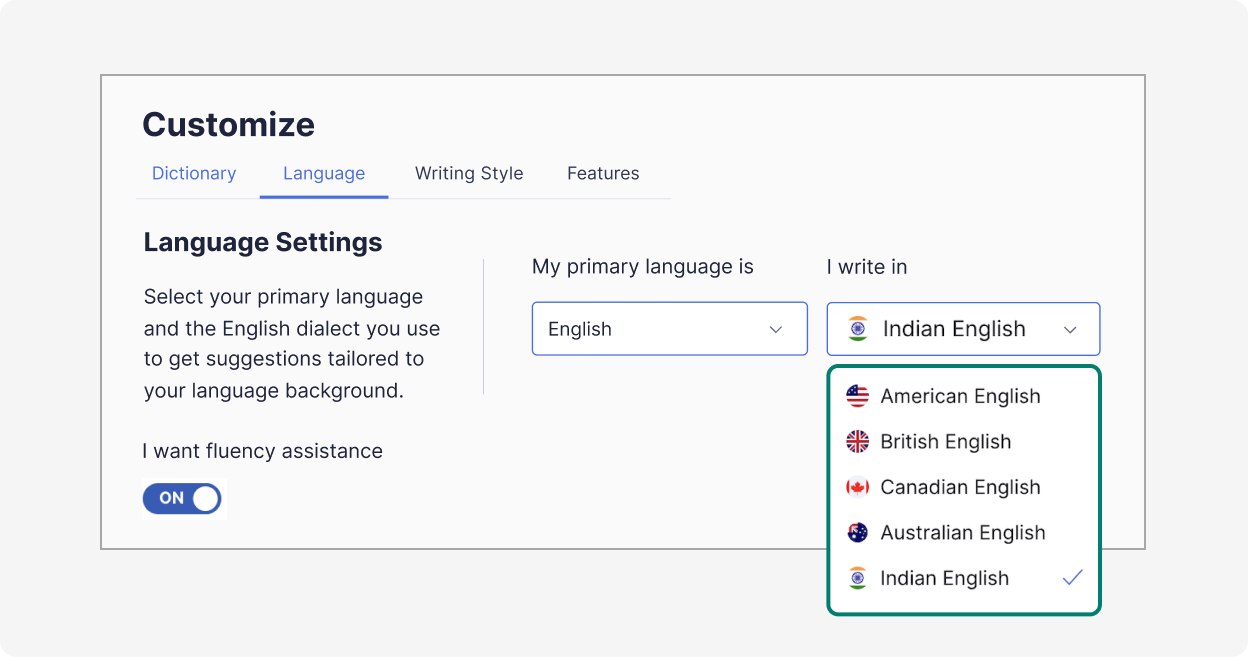
Grammarly leverages a blend of Natural Language Processing (NLP), Machine Learning (ML), and Linguistic Rules to understand, analyze, and enhance human writing. This chapter explains the architecture and processes that power Grammarly’s suggestions and real-time writing assistance.
2.1 Core Technologies Behind Grammarly
Grammarly’s intelligence is built on the following three pillars:
| Technology | Description |
|---|---|
| Natural Language Processing (NLP) | Breaks down text into components to understand grammar, syntax, and meaning. |
| Machine Learning (ML) | Models trained on large datasets learn to recognize patterns in human writing. |
| Rule-Based Systems | Uses thousands of handcrafted grammar and writing rules to support precision. |
These systems work together to provide layered feedback: grammatical, stylistic, contextual, and even tonal.
2.2 Step-by-Step Internal Workflow
Step 1: Input Text Processing
- User types or pastes text into Grammarly’s editor or a supported application.
- The system first performs tokenization, which breaks the input text into smaller units (words, punctuation, etc.).
Example:
Input: “He go to the market yesterday.”
Tokens: [“He”, “go”, “to”, “the”, “market”, “yesterday”, “.”]
Step 2: Syntactic Analysis
- Grammarly performs Part-of-Speech (POS) tagging:
- Assigns each token a syntactic label (e.g., noun, verb, adjective).
- Builds syntax trees to understand sentence structure (Subject → Verb → Object).
Example:
- "go" is identified as a verb in the present tense.
- "yesterday" indicates past time.
Grammarly uses this mismatch to detect a tense error.
Step 3: Semantic and Contextual Analysis
- Beyond syntax, Grammarly tries to understand semantic meaning:
- What is the sentence trying to say?
- Is the tense consistent with context?
- Uses neural network models trained on millions of documents to assess naturalness and correctness of phrasing.
Example:
- “The information are useful.” → Grammatically incorrect.
- “The information is useful.” → Grammarly suggests this because "information" is uncountable.
Step 4: Error Detection
- Grammarly applies:
- Rule-based grammar checks (e.g., subject-verb agreement, punctuation)
- Statistical ML checks (e.g., confusing word choices)
- Deep learning-based fluency models for sentence-level readability
Errors are categorized into:
- Correctness: Grammar, spelling, punctuation
- Clarity: Wordiness, redundant modifiers
- Engagement: Vivid vocabulary, variation
- Delivery: Tone and politeness
Step 5: Suggestion Generation
- Once errors are identified, Grammarly generates ranked suggestions.
- Suggestions consider:
- Grammar rules
- Contextual meaning
- User-defined goals (e.g., formal, casual, academic)
- Each suggestion has a confidence score, and only high-confidence suggestions are shown by default.
Step 6: Tone and Intent Detection
- Grammarly evaluates tone using NLP models that recognize emotions and social intent.
- It analyzes factors like:
- Sentence structure
- Word choice
- Punctuation usage
Example:
Sentence: “I need the report now!”
Grammarly might flag the tone as "aggressive" and suggest:
“Could you please send me the report as soon as possible?”
2.3 Training Data and Language Models
Grammarly does not train on user data unless the user opts in. Instead, it is trained on:
- Licensed datasets (books, articles, academic papers)
- Public web content (filtered and curated)
- Datasets labeled by professional linguists and reviewers
Models used:
- Sequence models (e.g., LSTMs) for traditional syntax analysis
- Transformer-based models (like BERT and GPT) for contextual understanding
- Proprietary language models fine-tuned for real-time, low-latency text processing
2.4 Real-Time Suggestion Engine
- Grammarly’s infrastructure ensures that corrections appear instantly, even in live editing environments like Google Docs or Gmail.
- Backend servers use efficient inference systems that can handle millions of requests per day.
- Prioritizes speed, accuracy, and data privacy.
2.5 Privacy and Security
- Grammarly uses TLS encryption to protect user data in transit.
- Offers enterprise-grade compliance:
- GDPR-compliant
- SOC 2 Type II certification
- Users can control what Grammarly stores via their privacy settings.
Summary
Grammarly is not just a grammar checker—it's an intelligent language platform that combines deep linguistic knowledge with modern AI techniques. By analyzing not only grammar but also context and tone, it delivers accurate and meaningful suggestions. Its internal pipeline—starting from tokenization to tone adjustment—is a multi-layered system backed by years of linguistic and machine learning research.
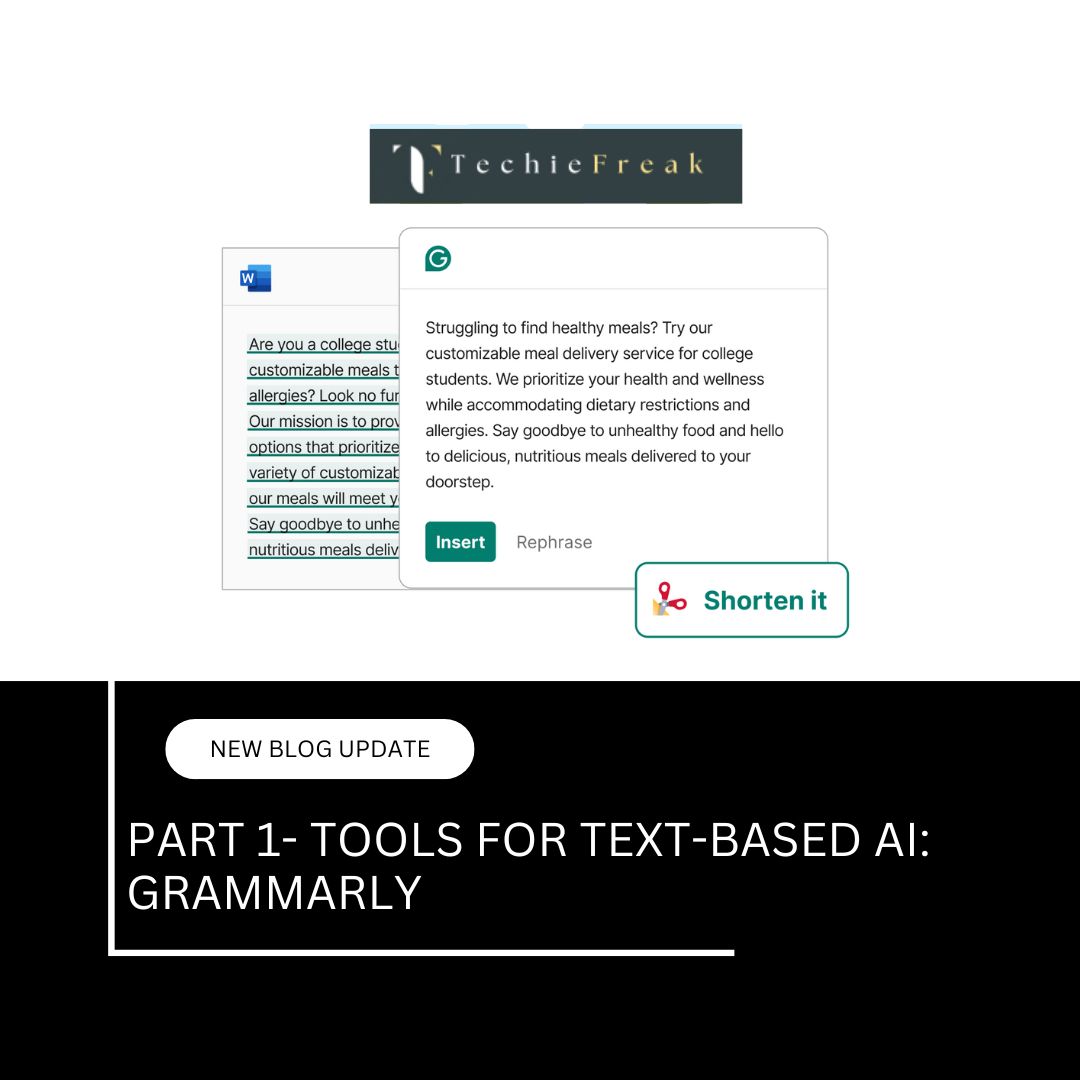
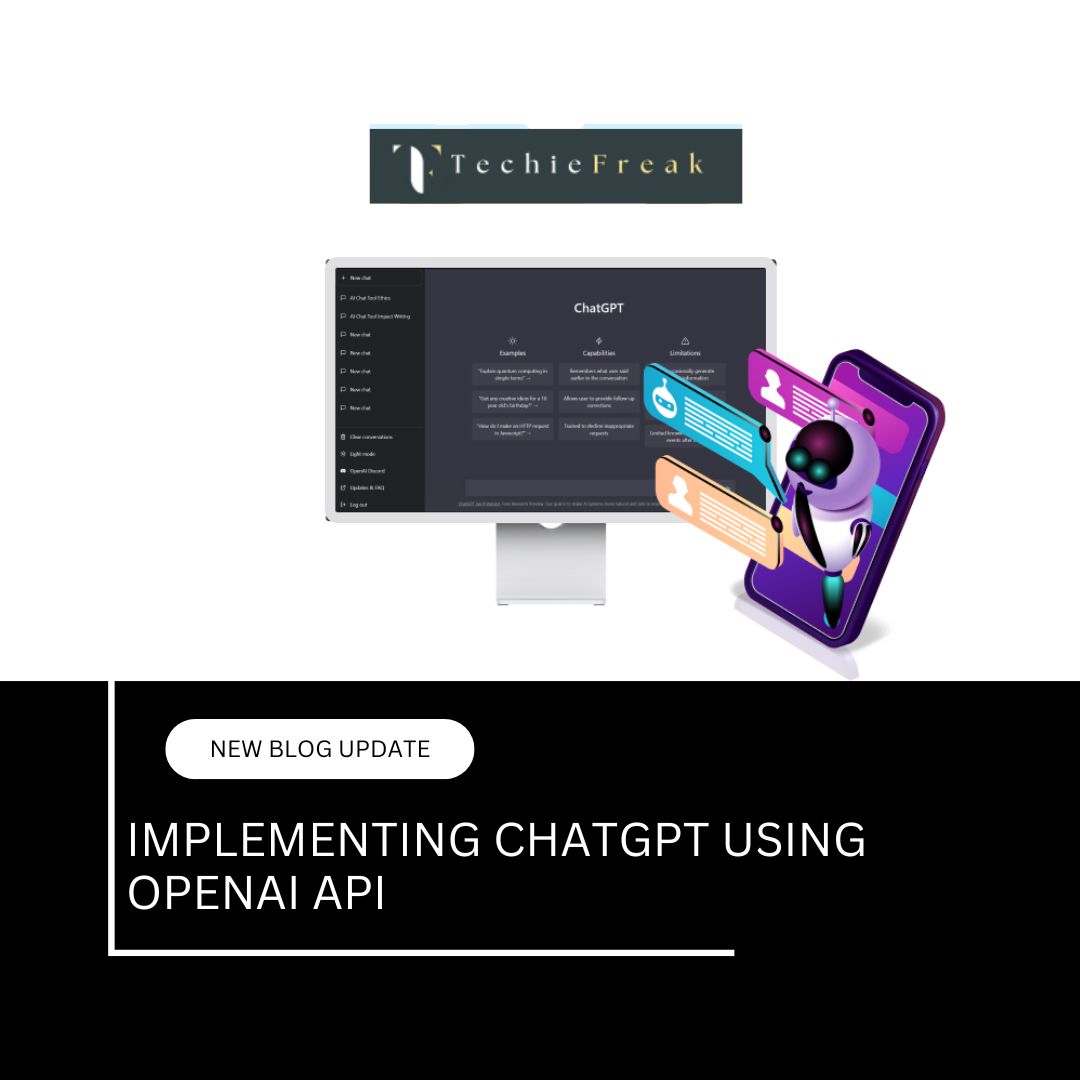
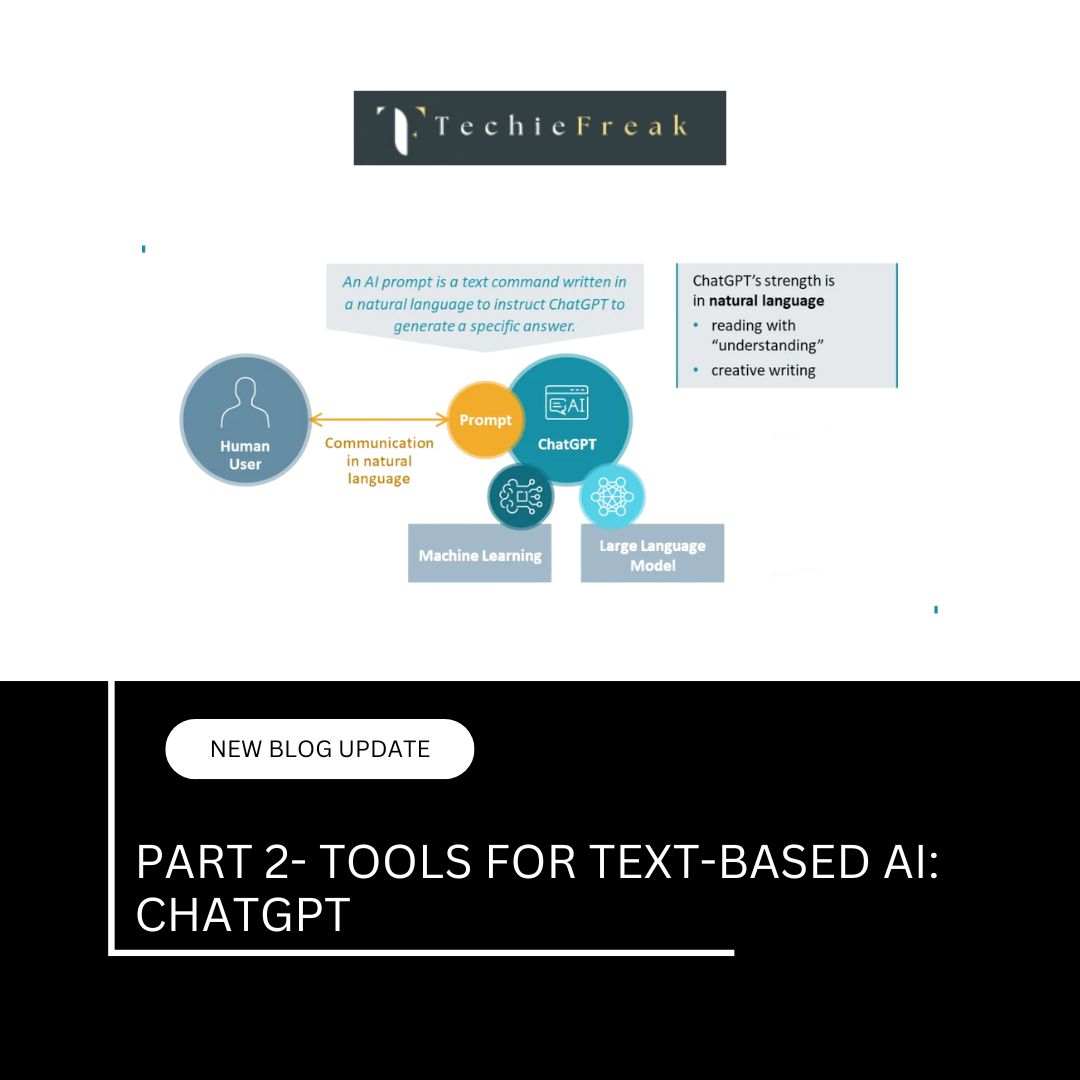
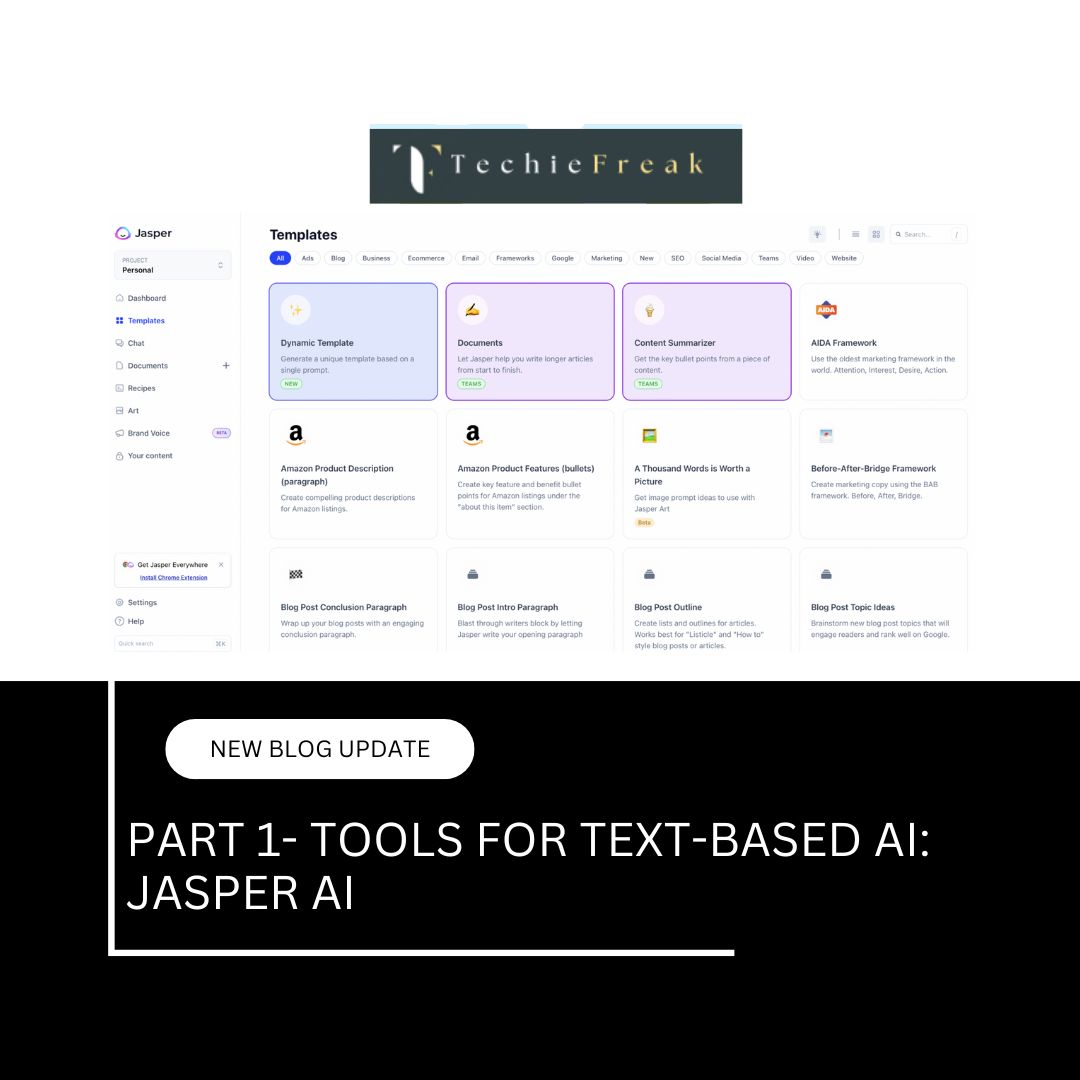
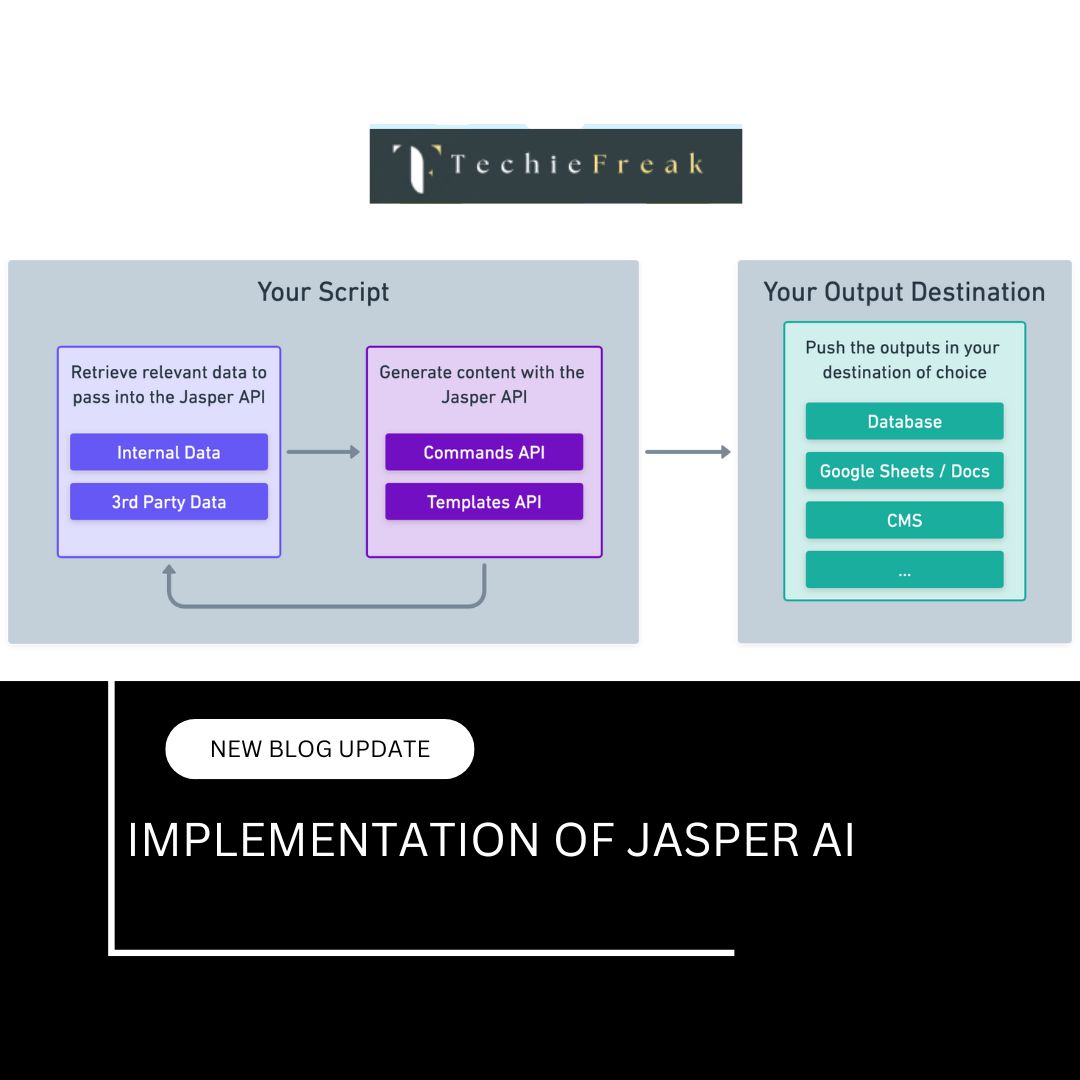
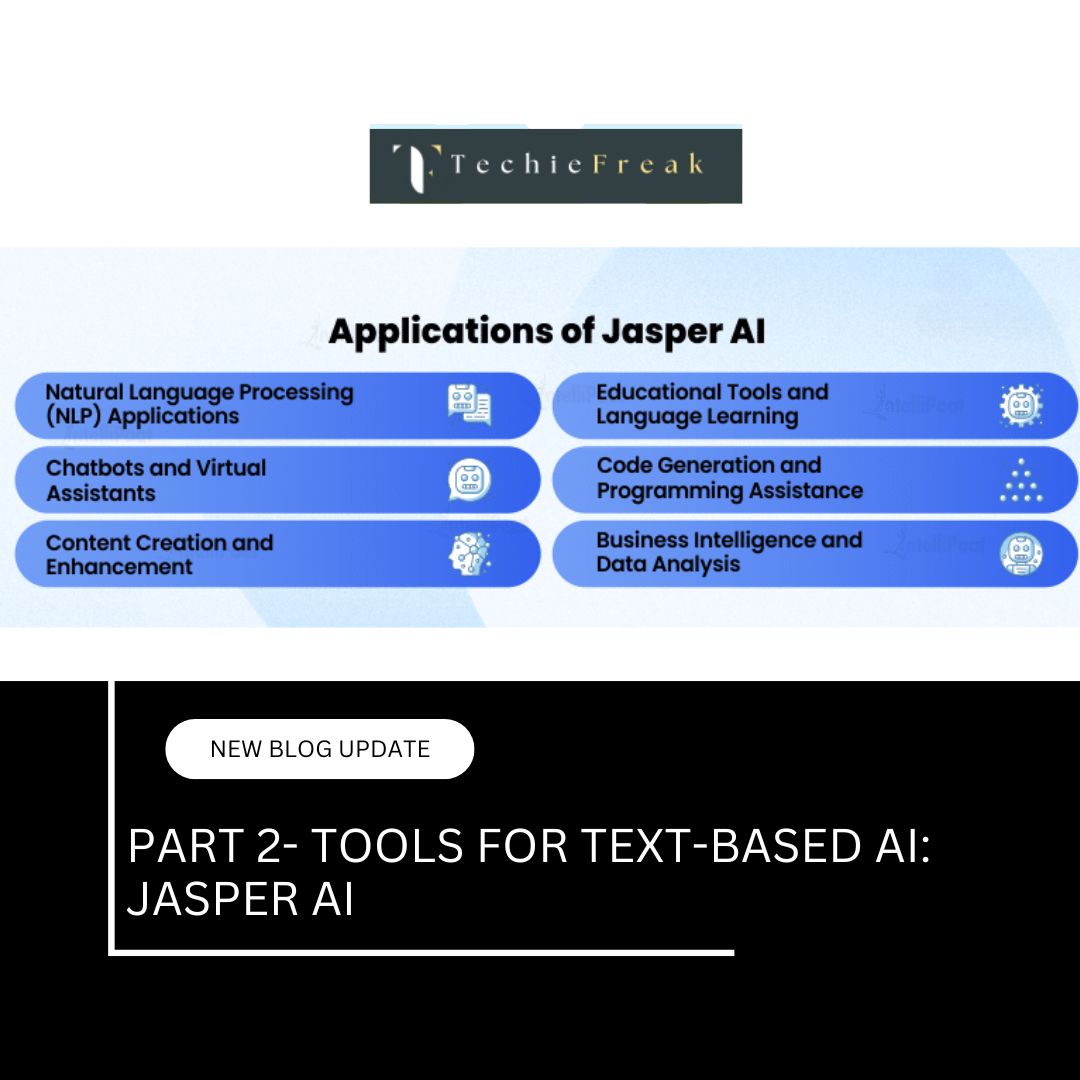
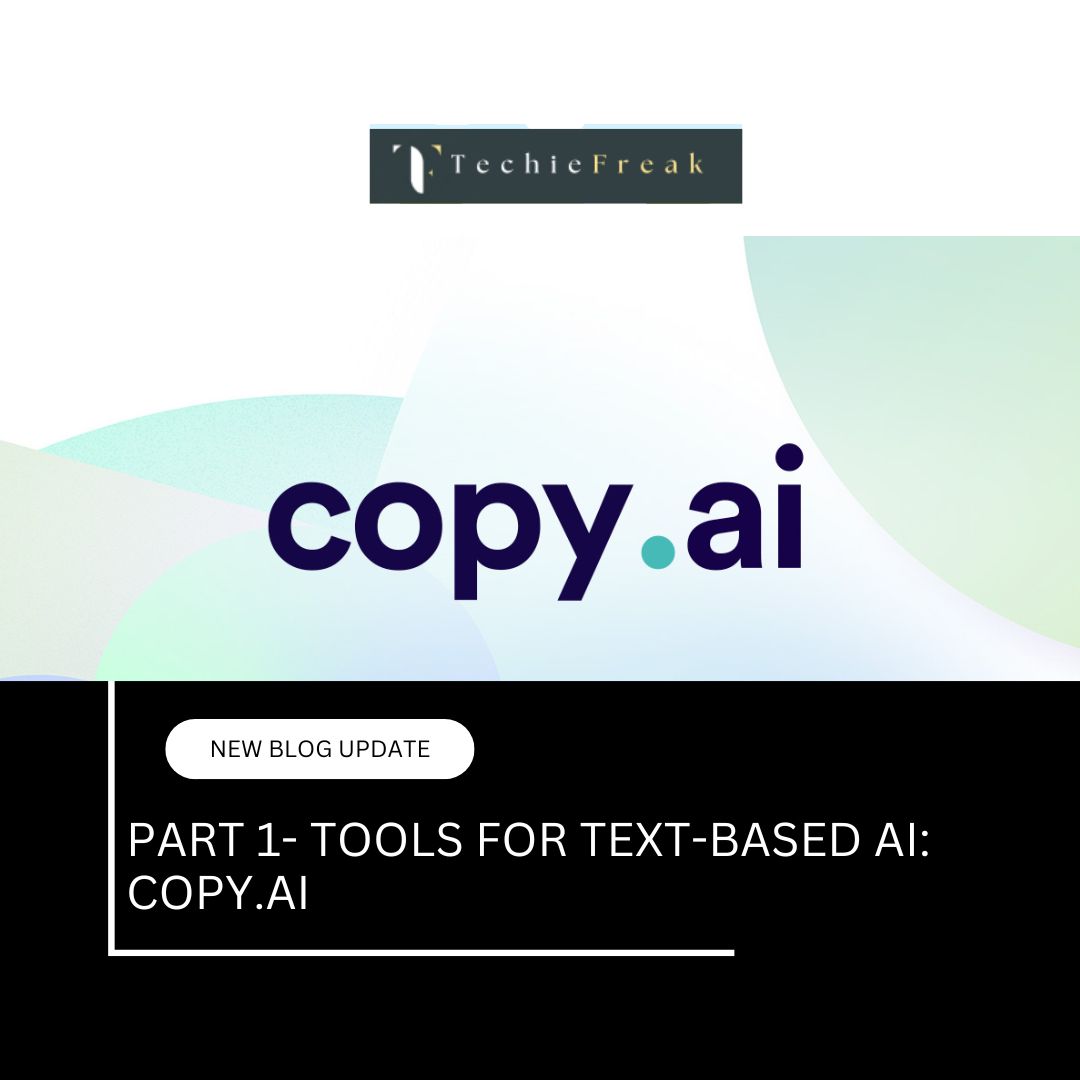
.jpg)
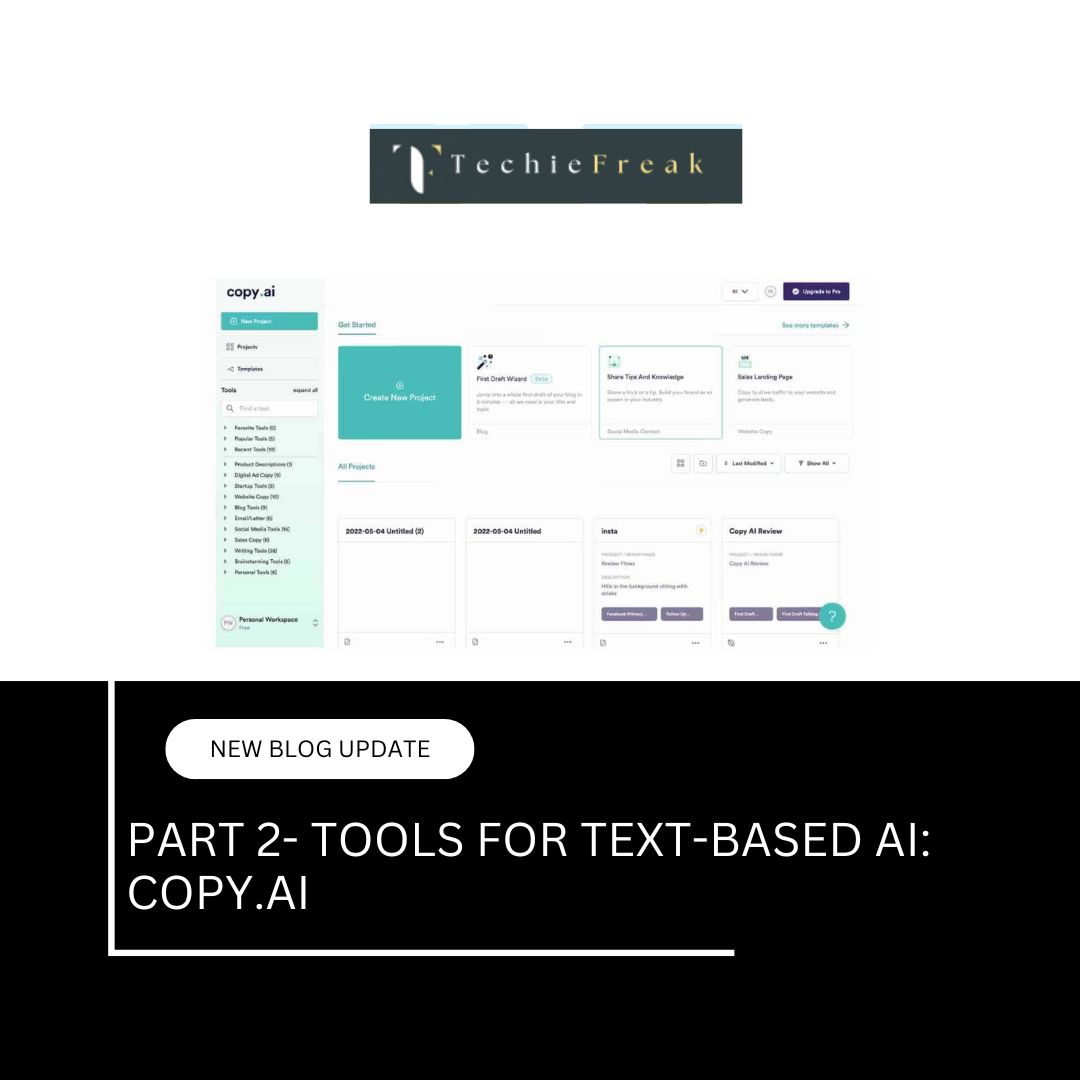
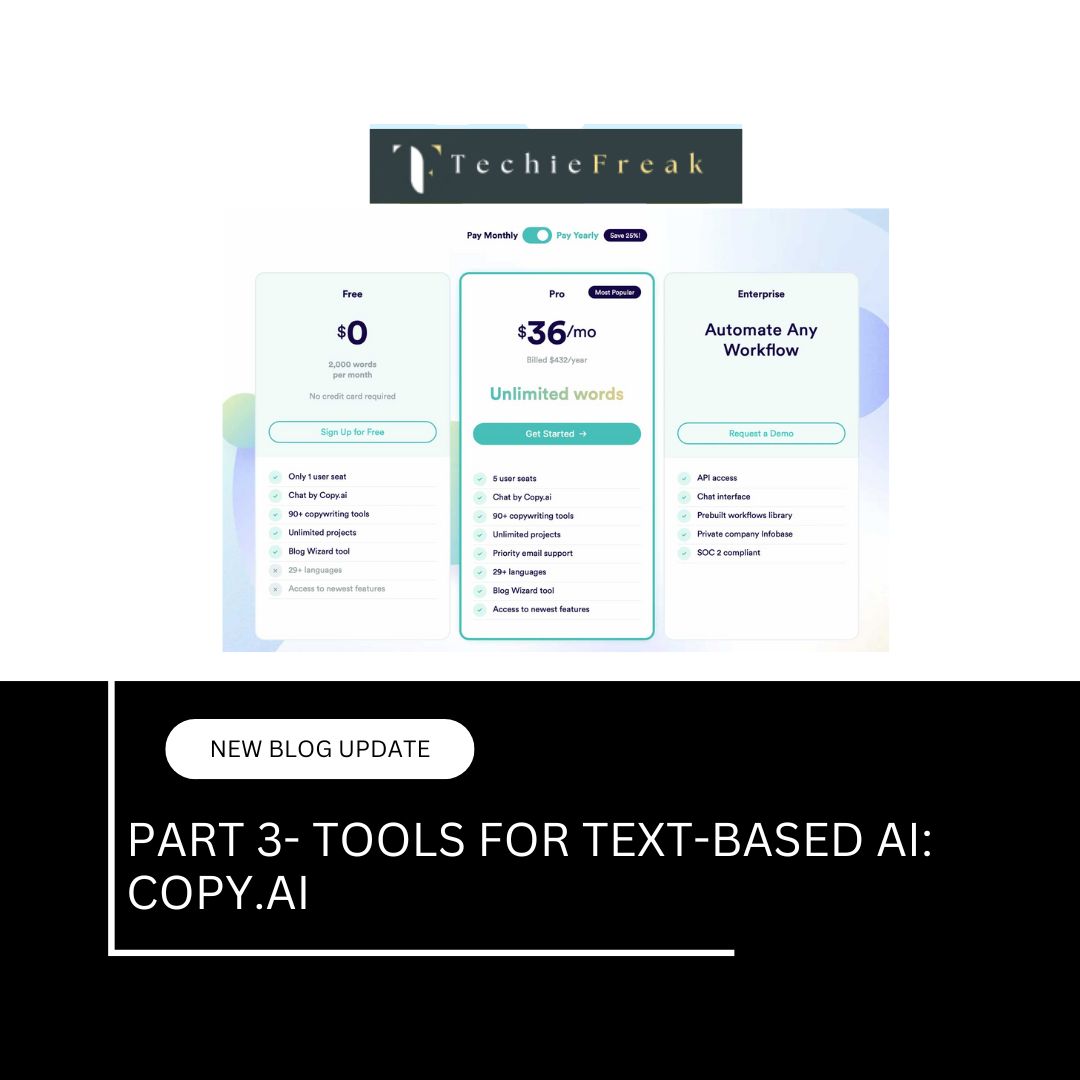
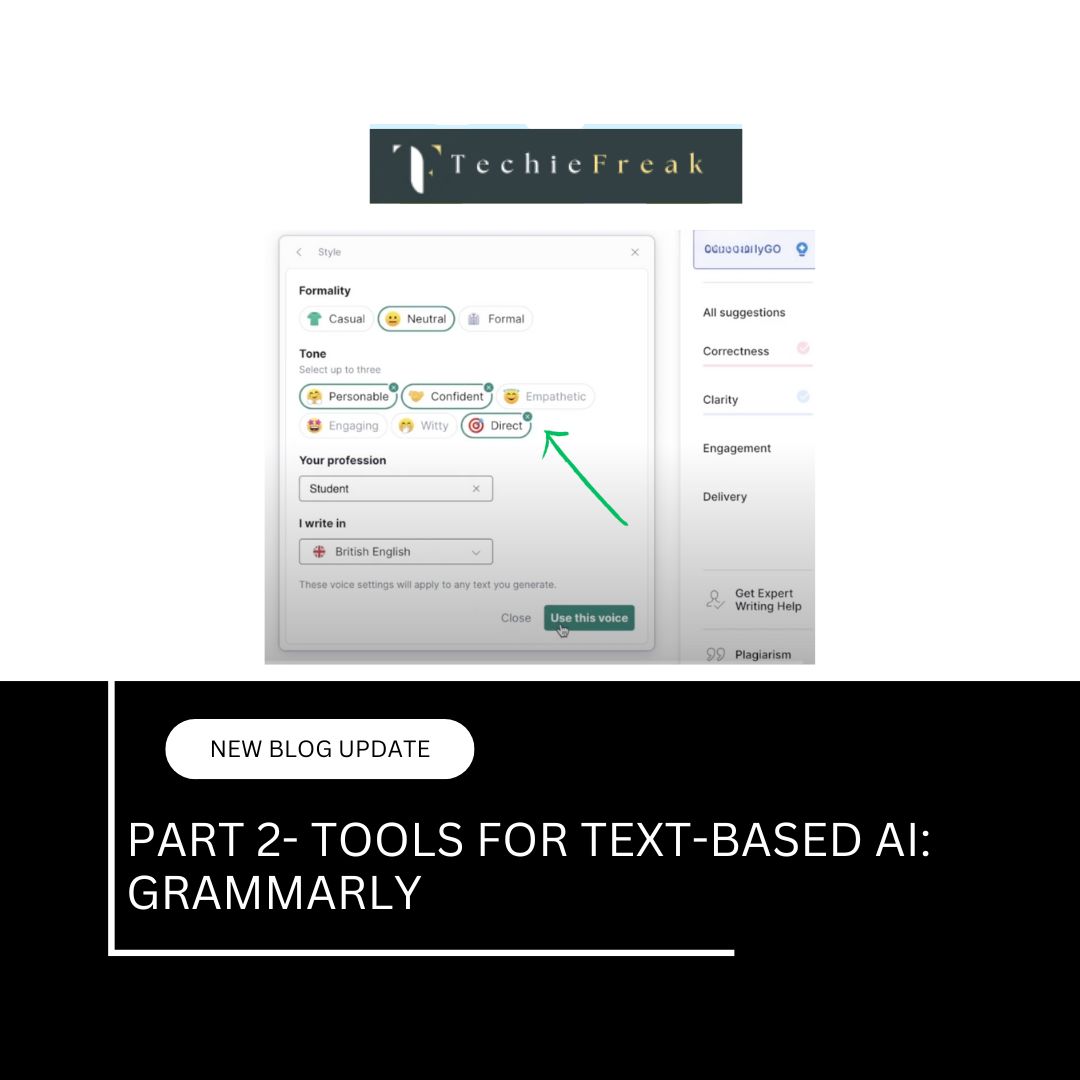
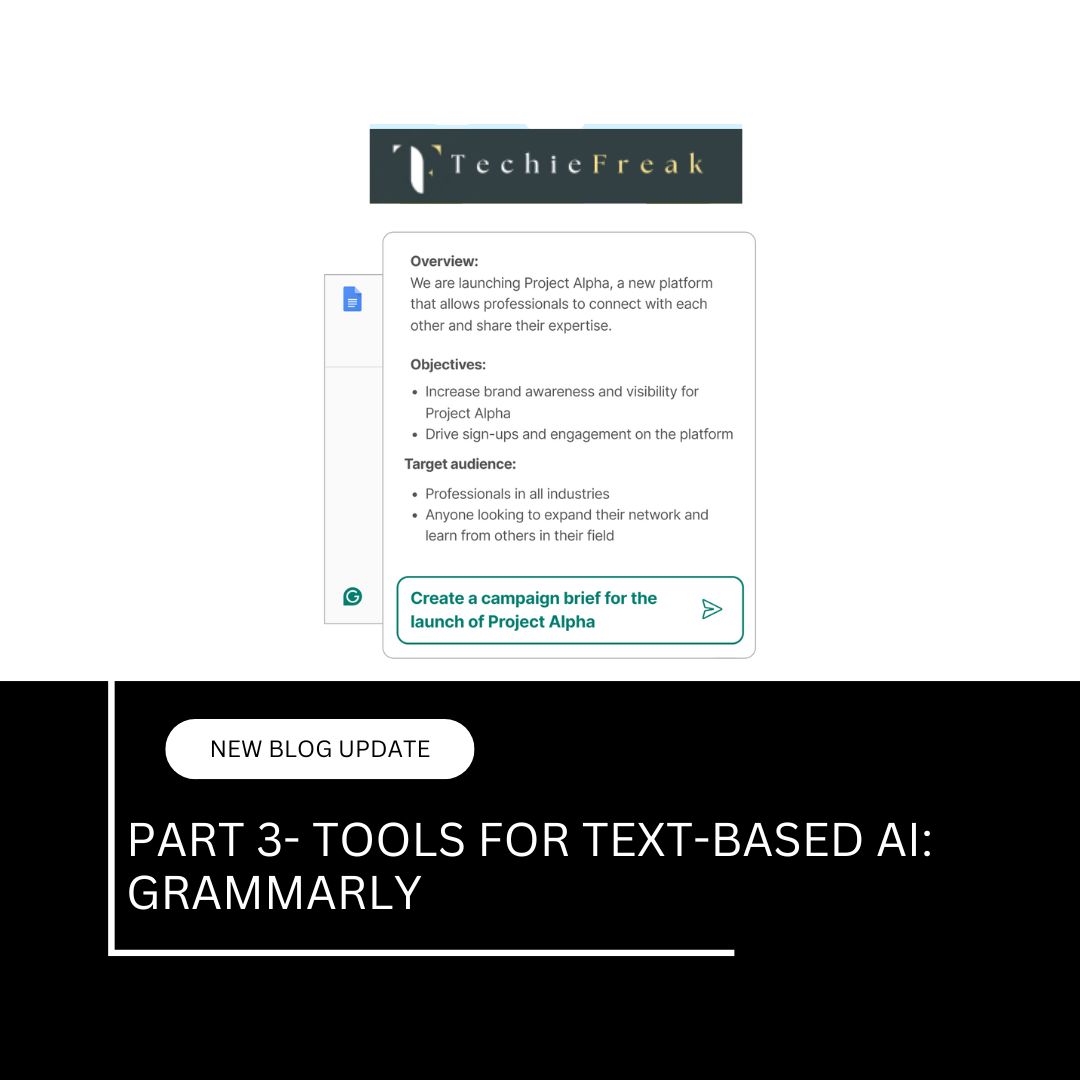
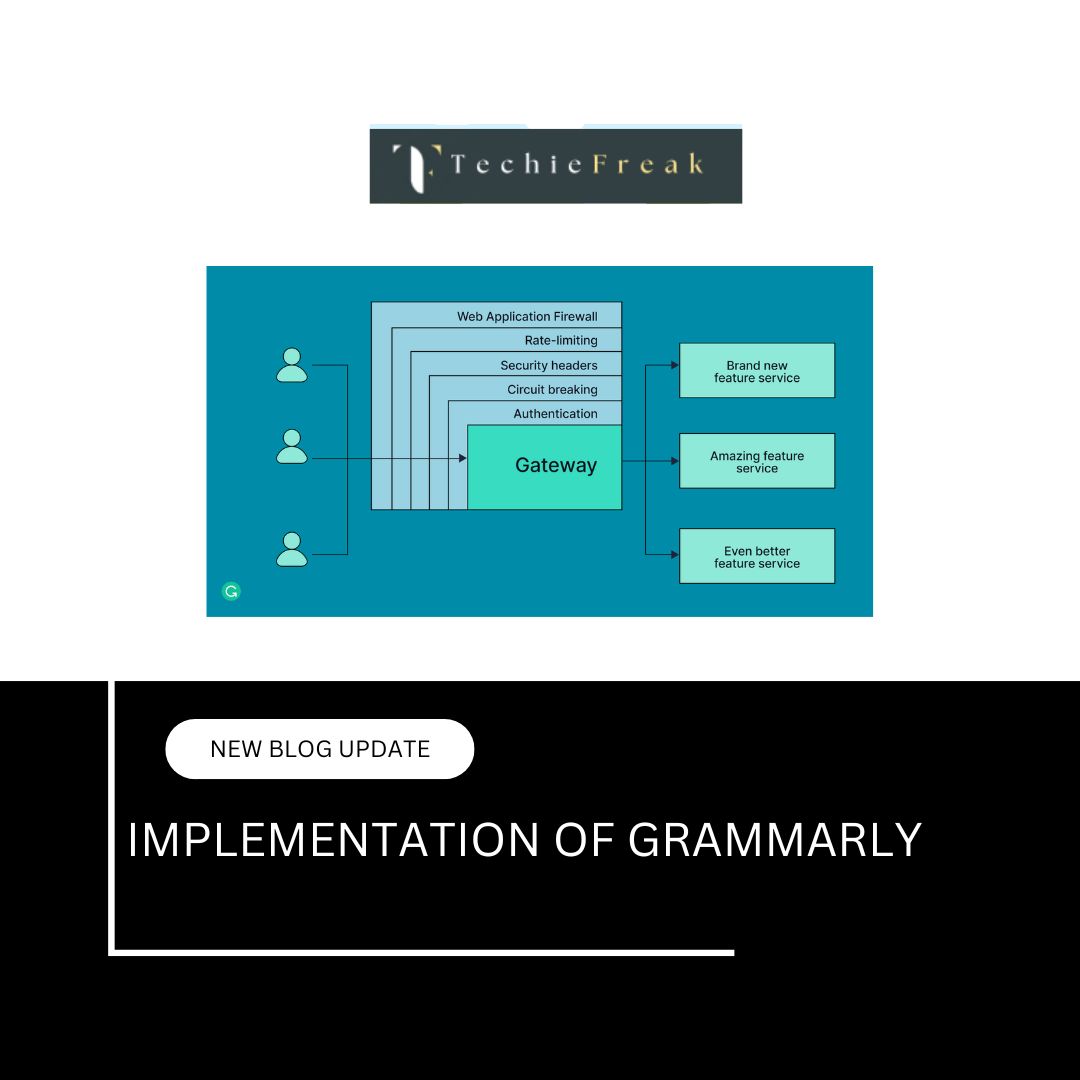
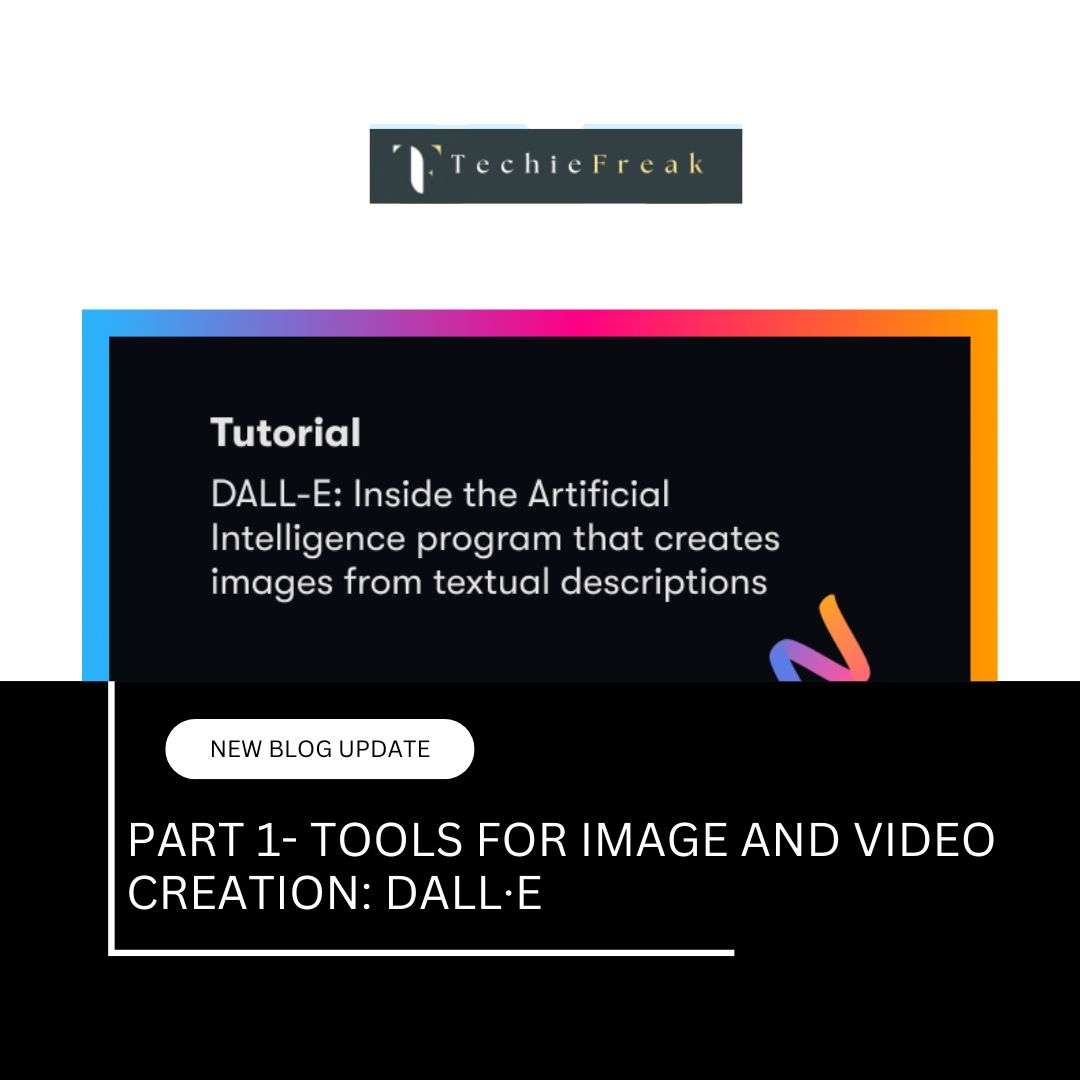
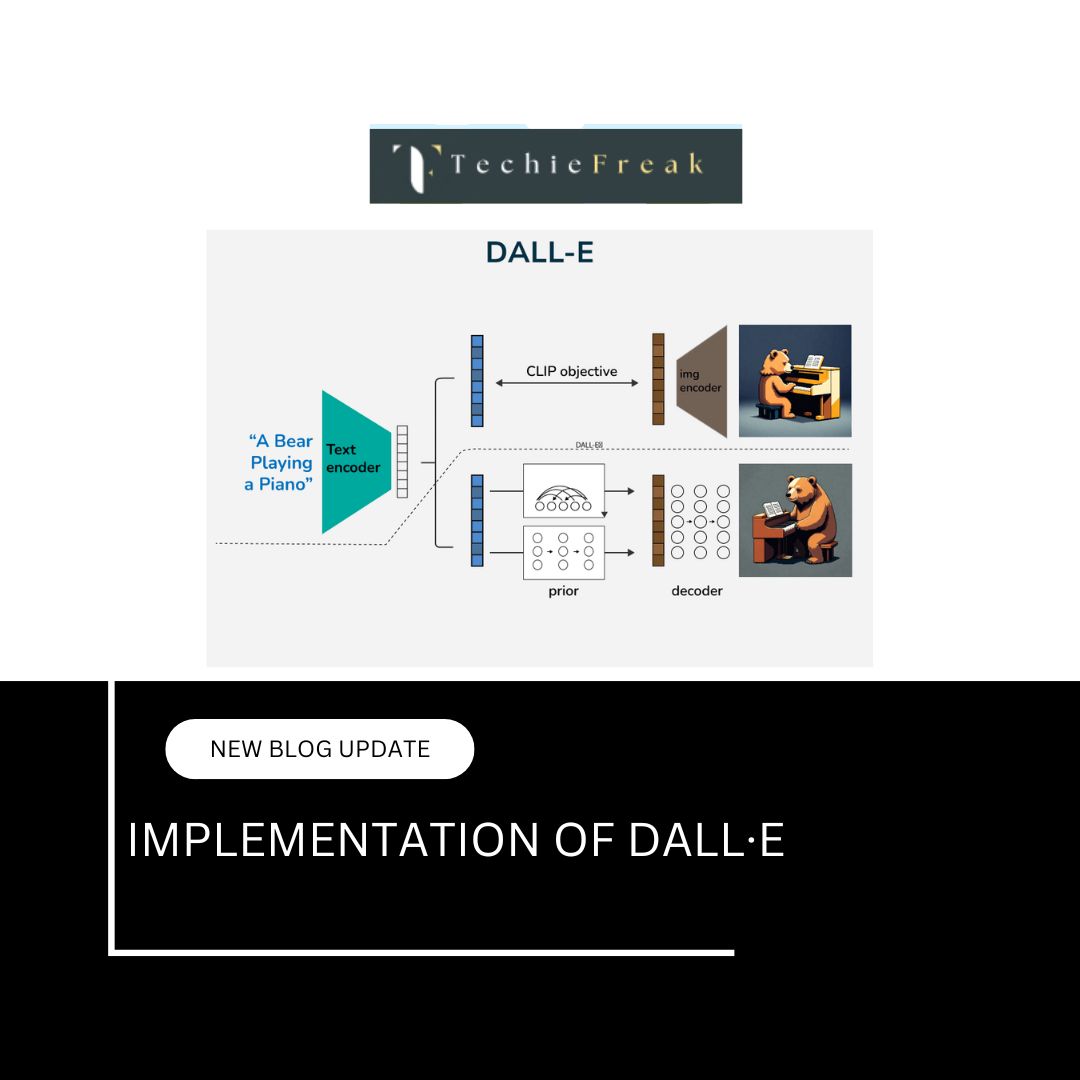
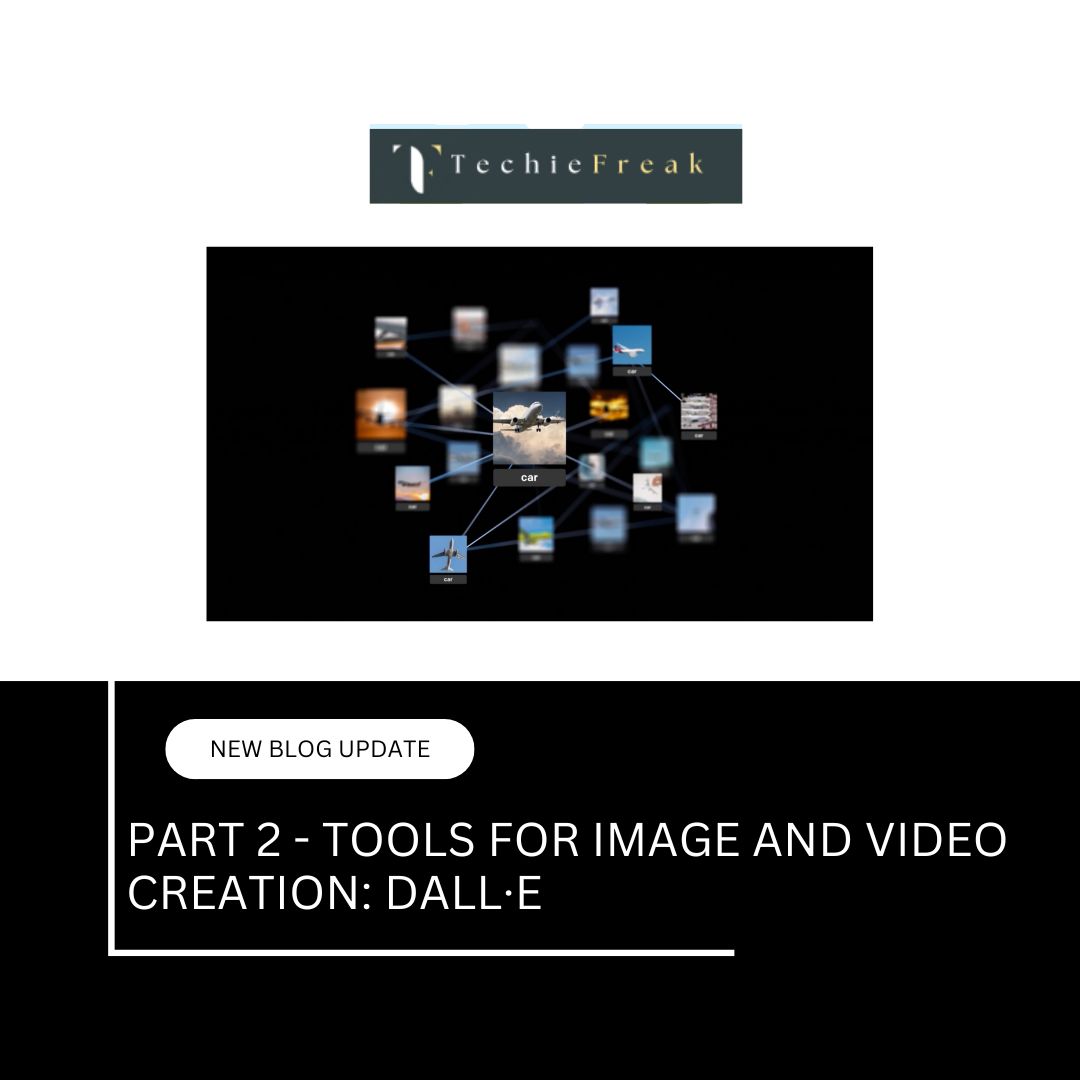

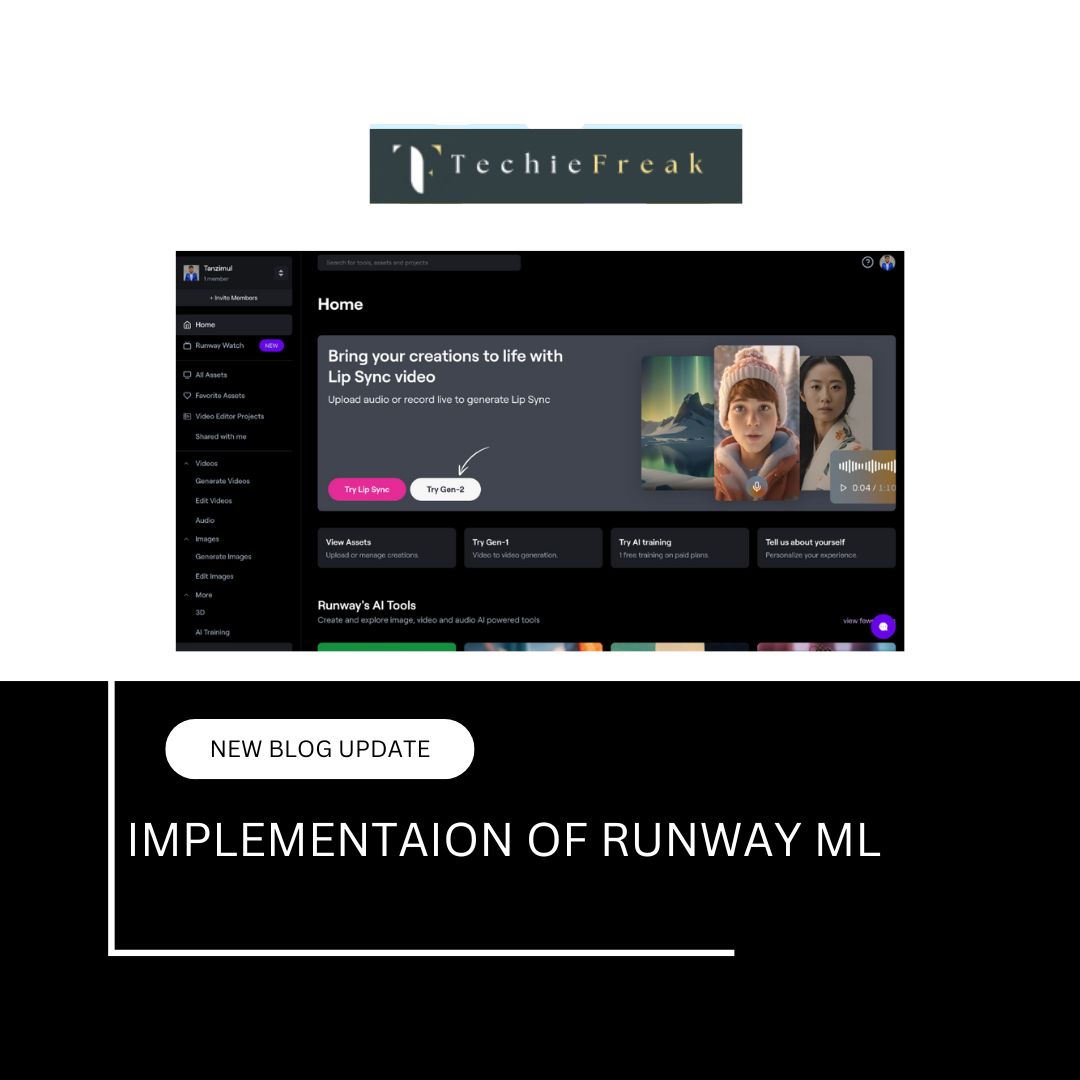



.jpg)

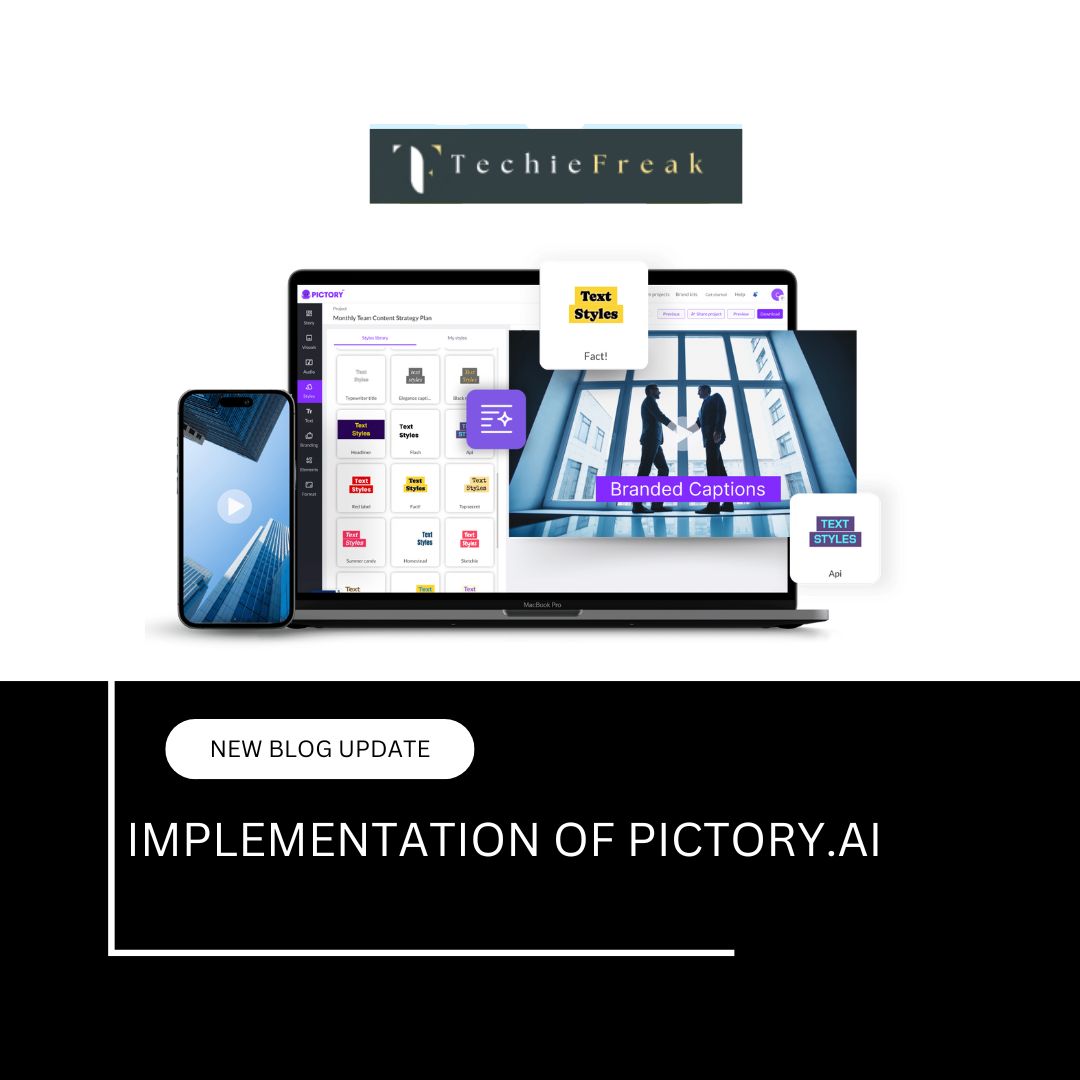
.png)
.png)
.png)
.png)
.png)
.png)
.png)
.png)
.png)
.png)
.png)
.png)
.png)
.png)
.png)
.png)
.png)
.png)
.png)
.png)
.png)
.png)
.png)
.png)
.png)
.png)
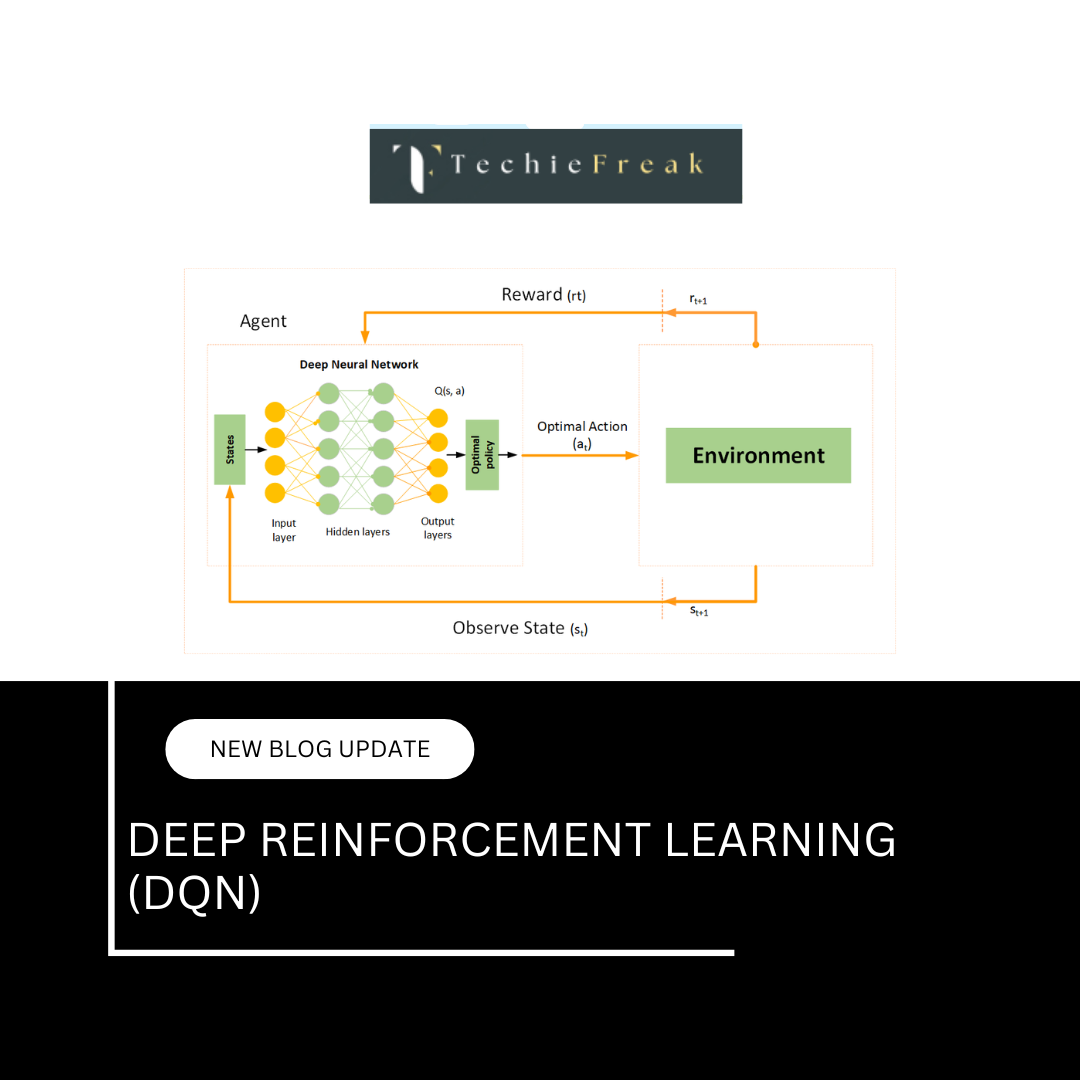
.png)
.png)
.png)
.png)
.png)
.png)

.png)


